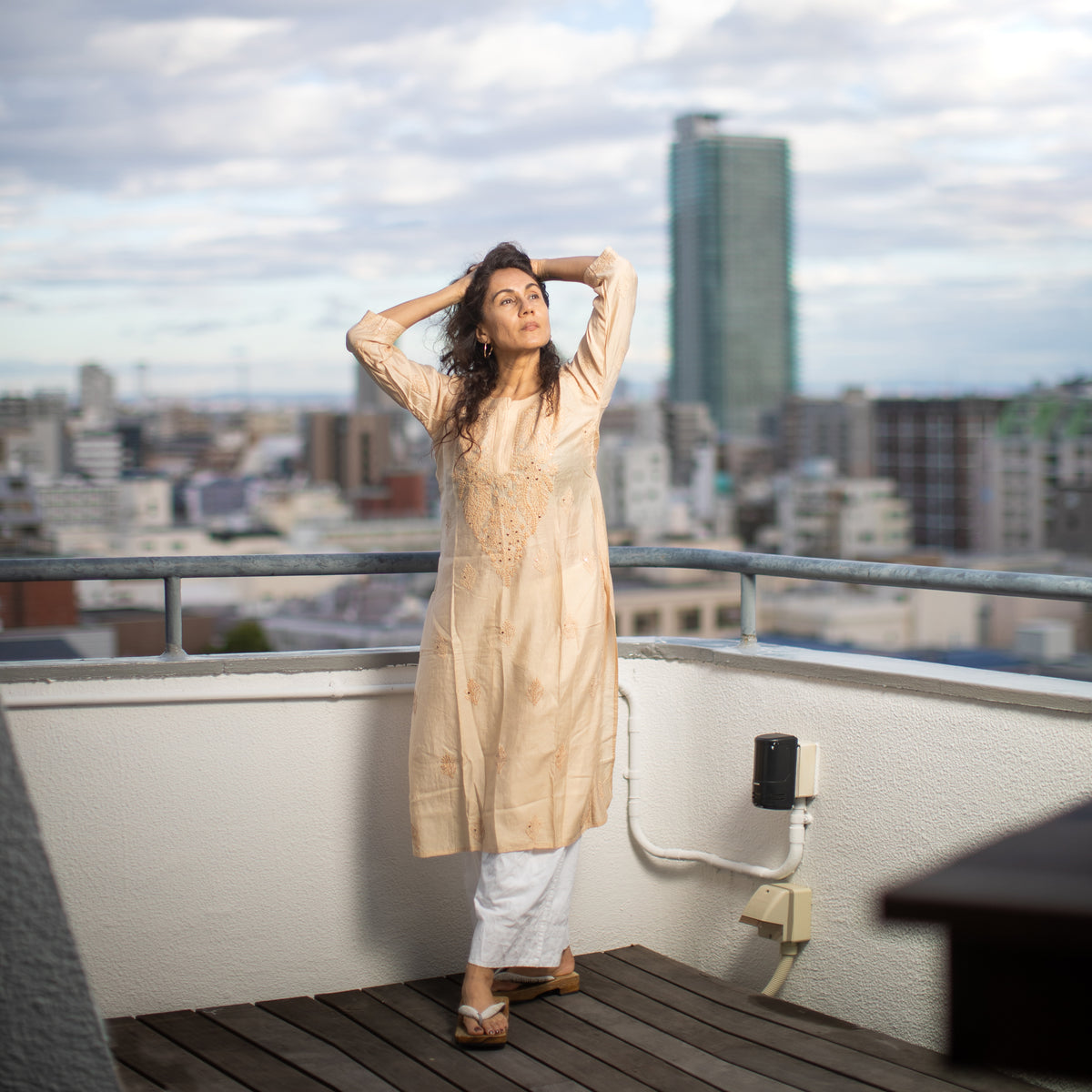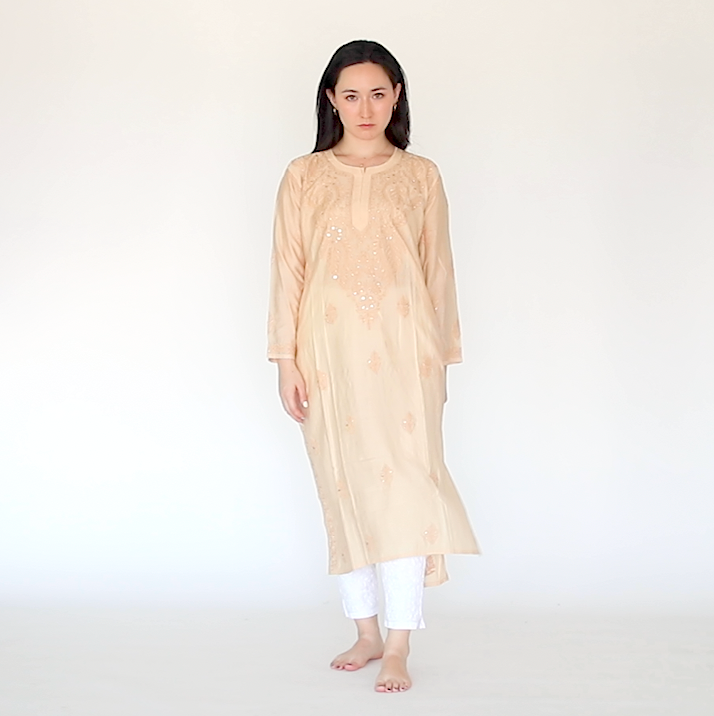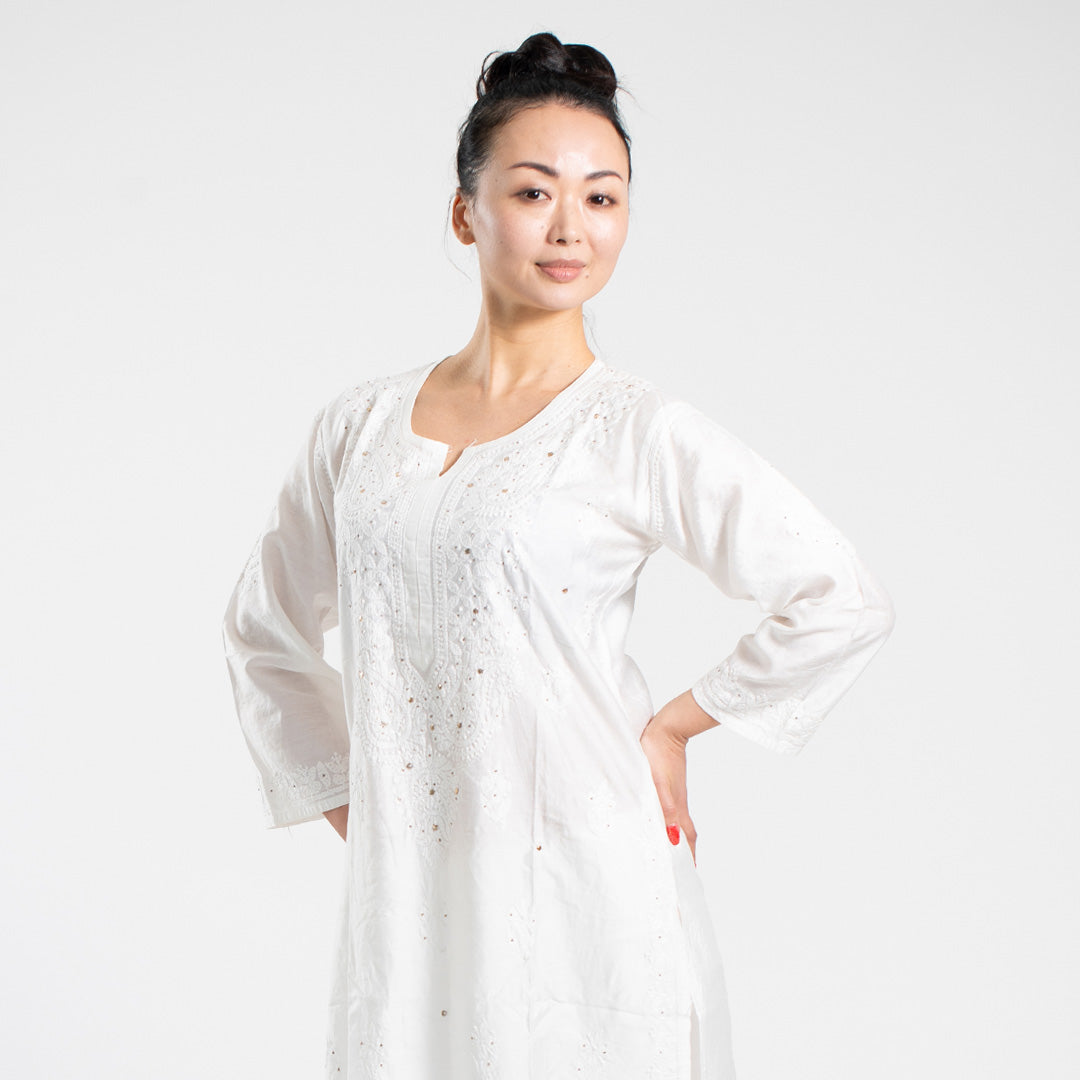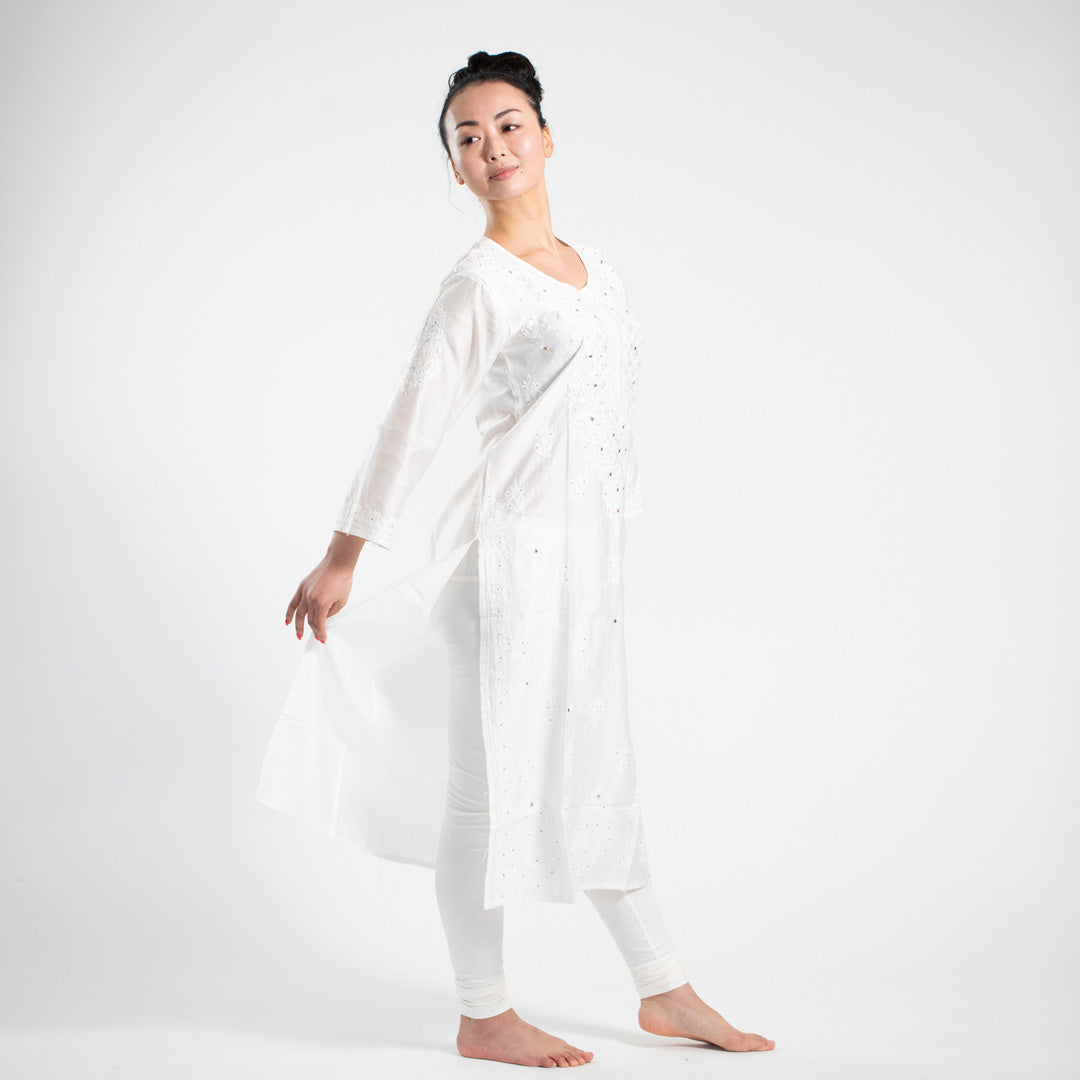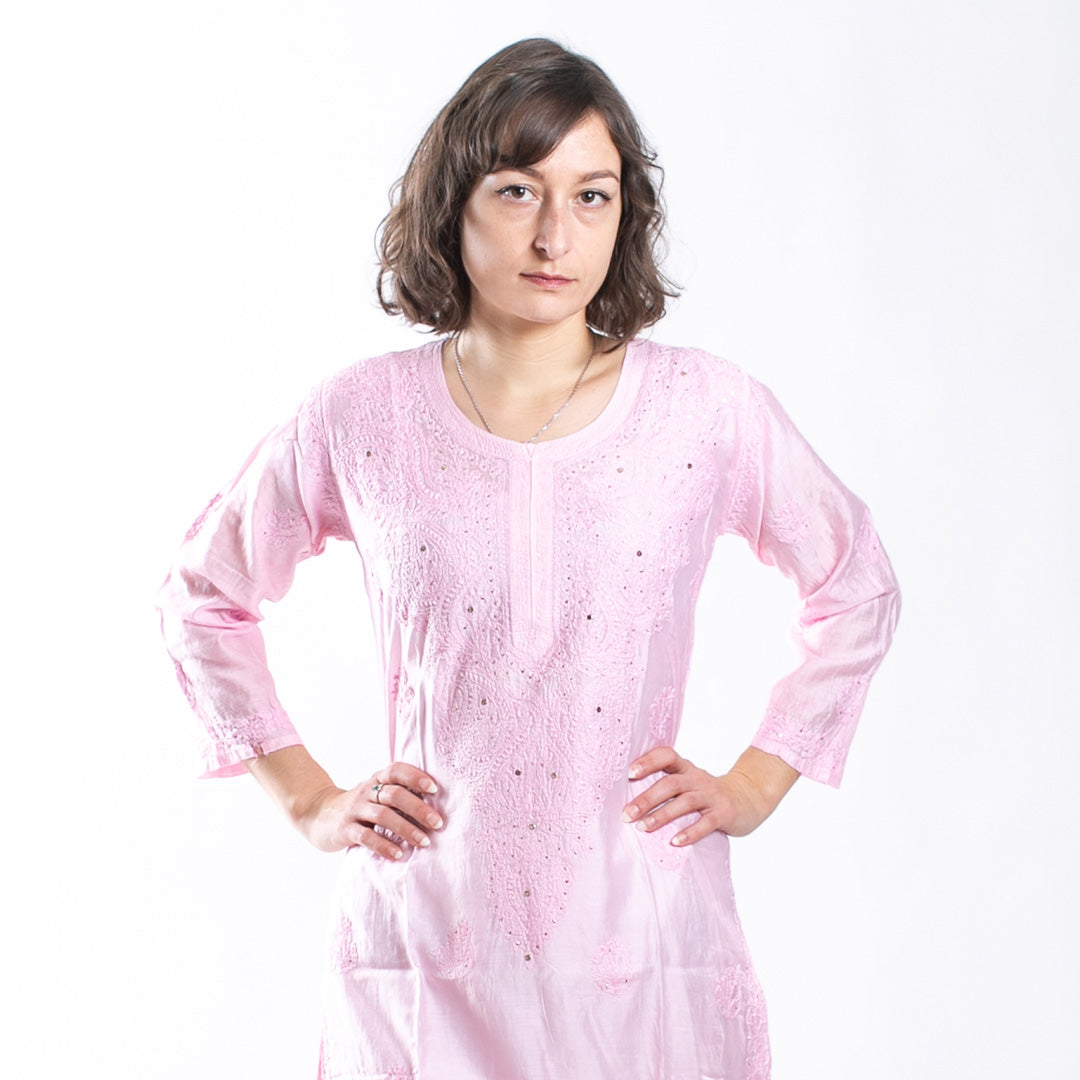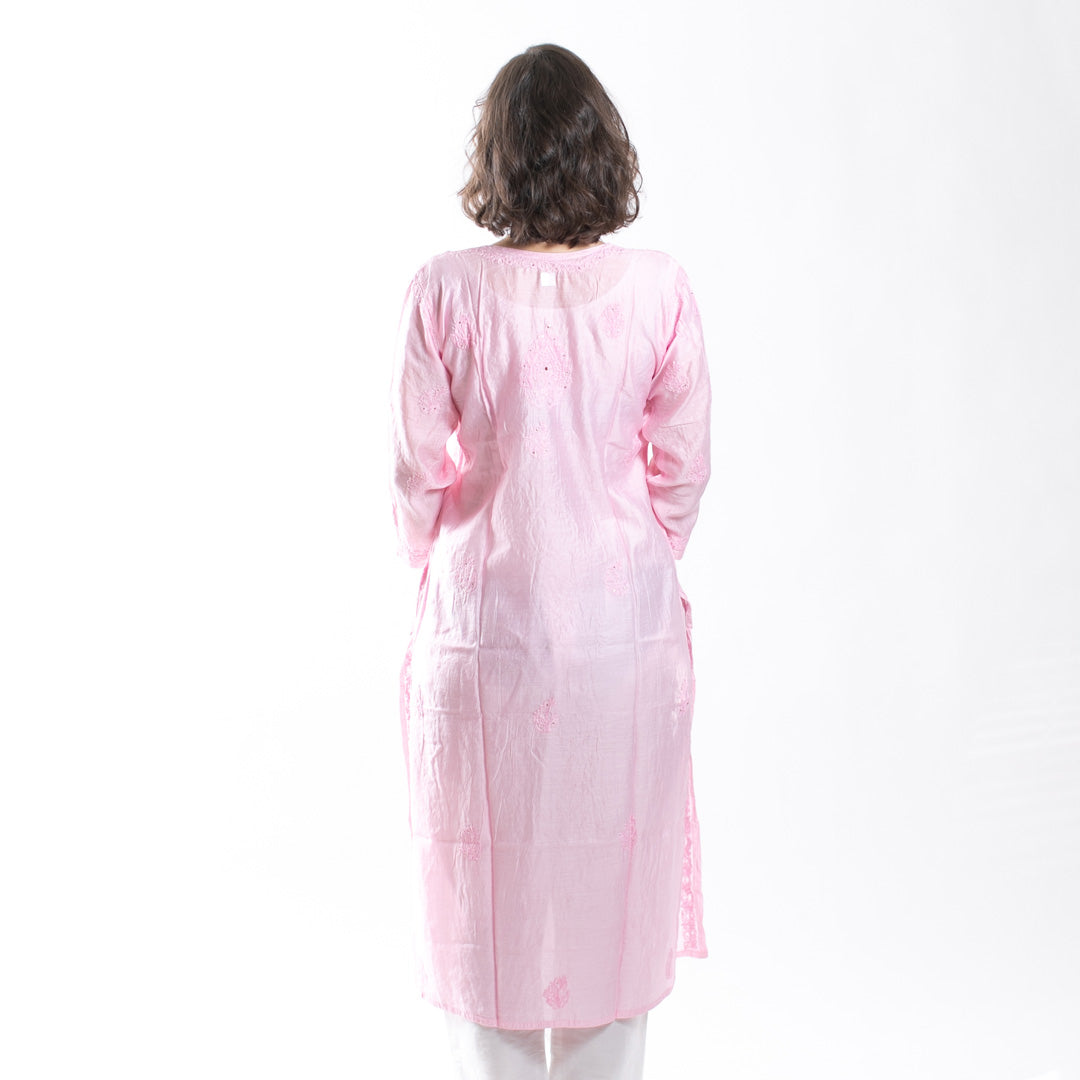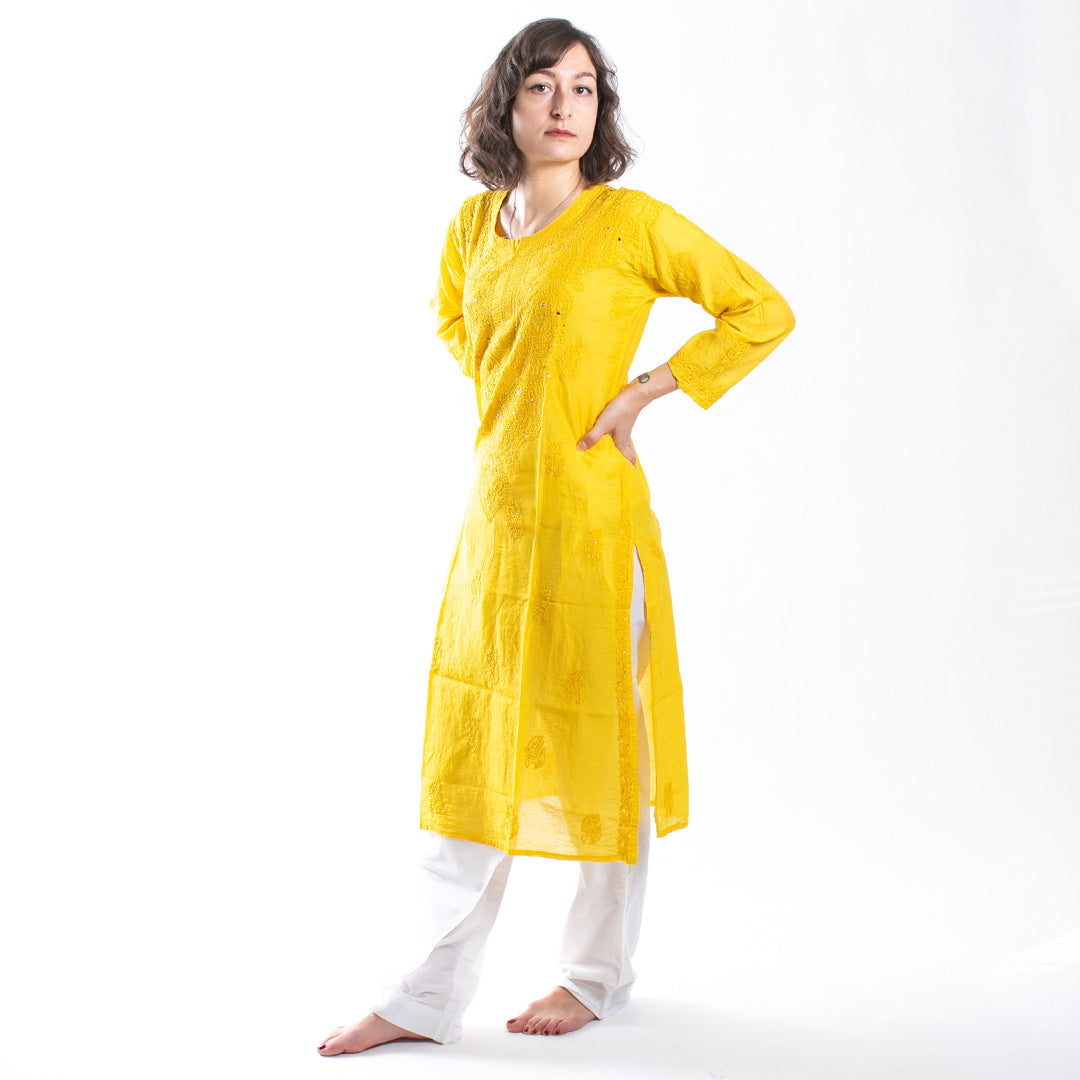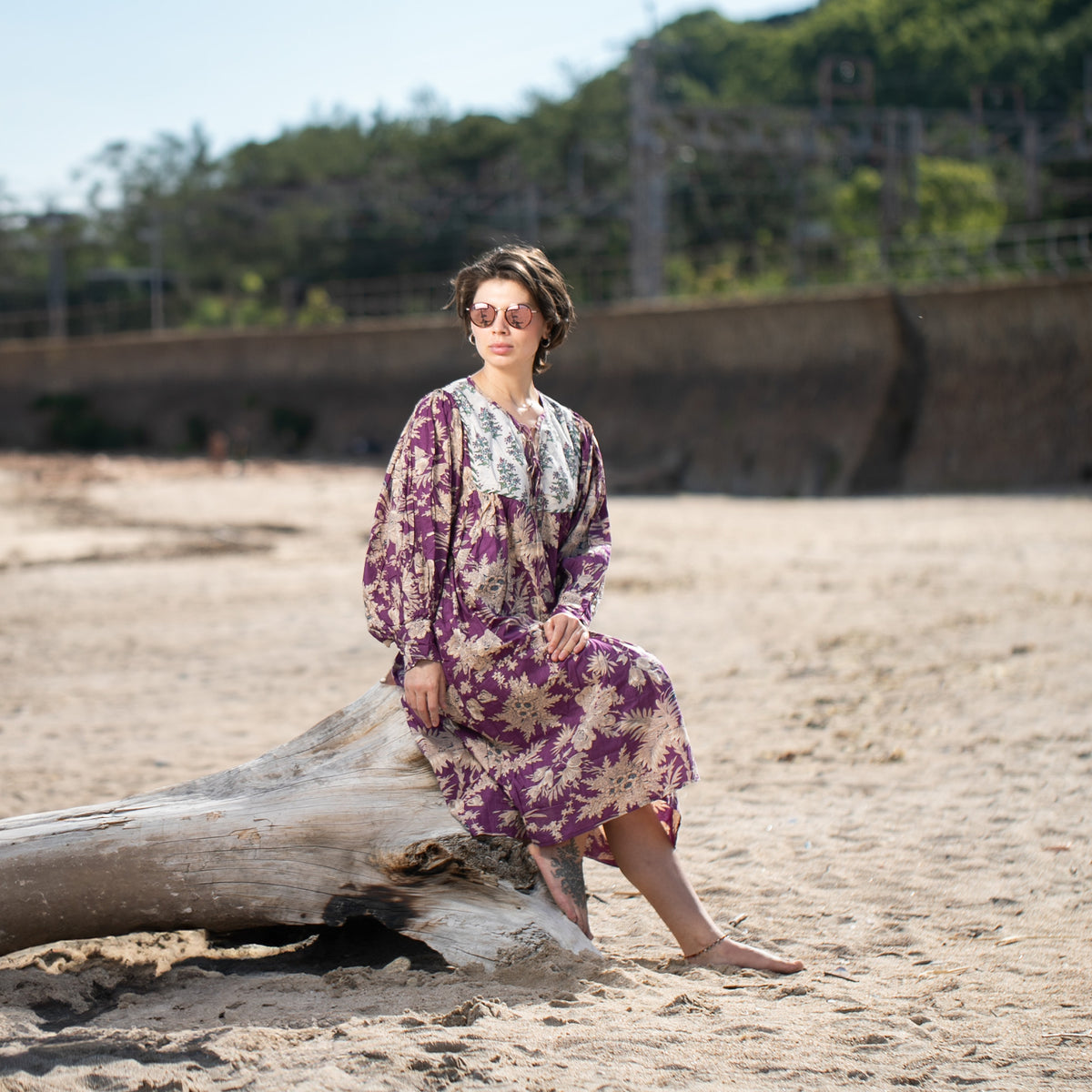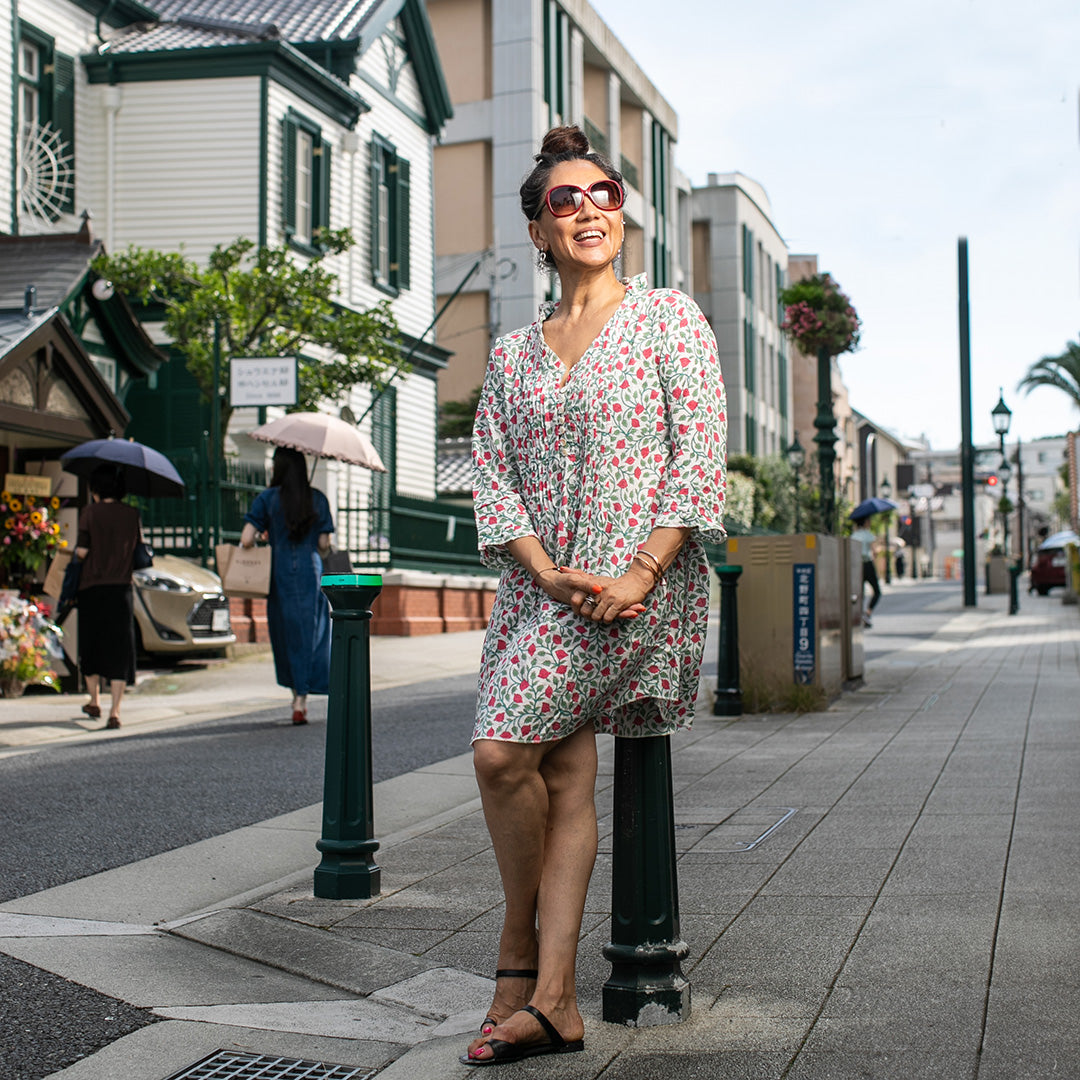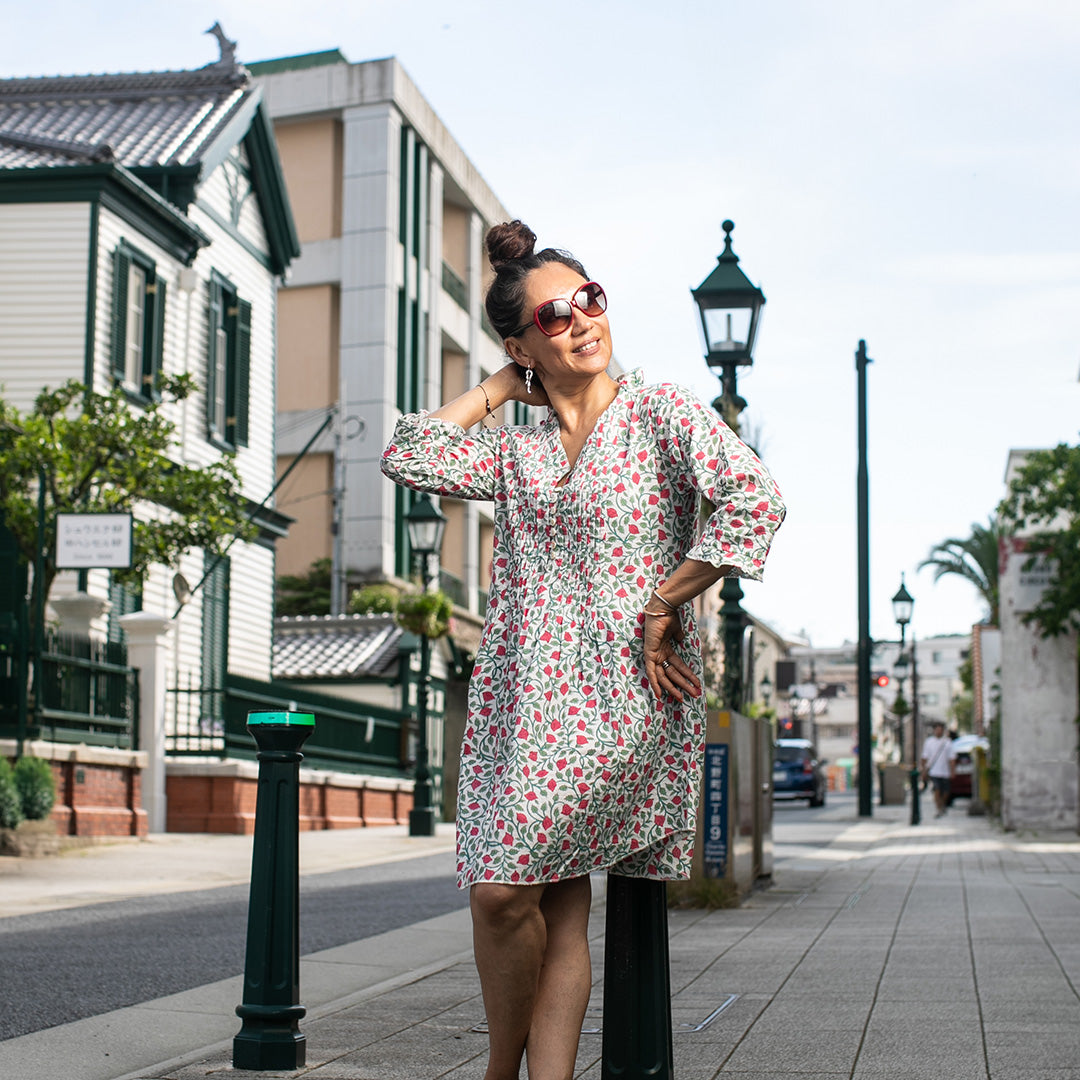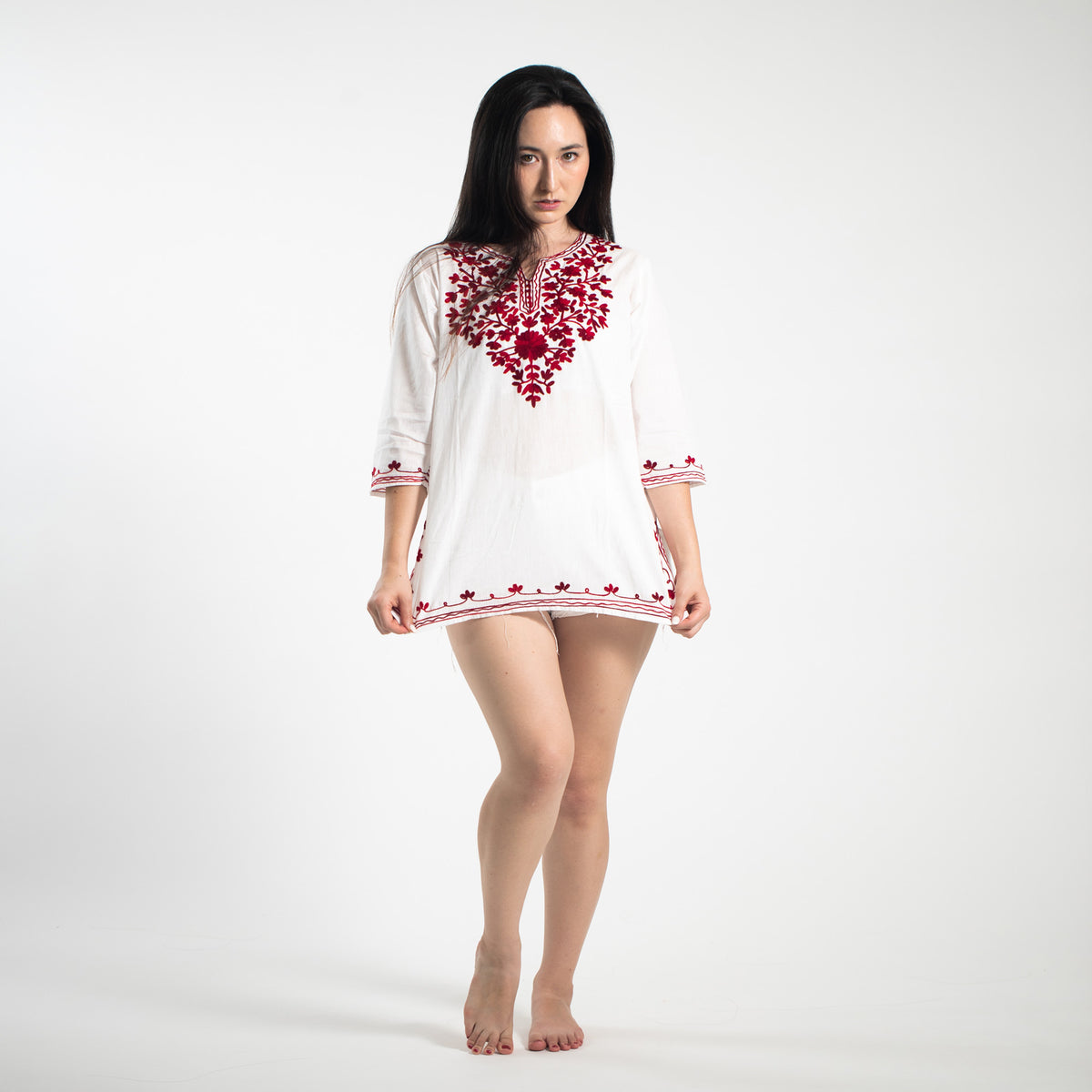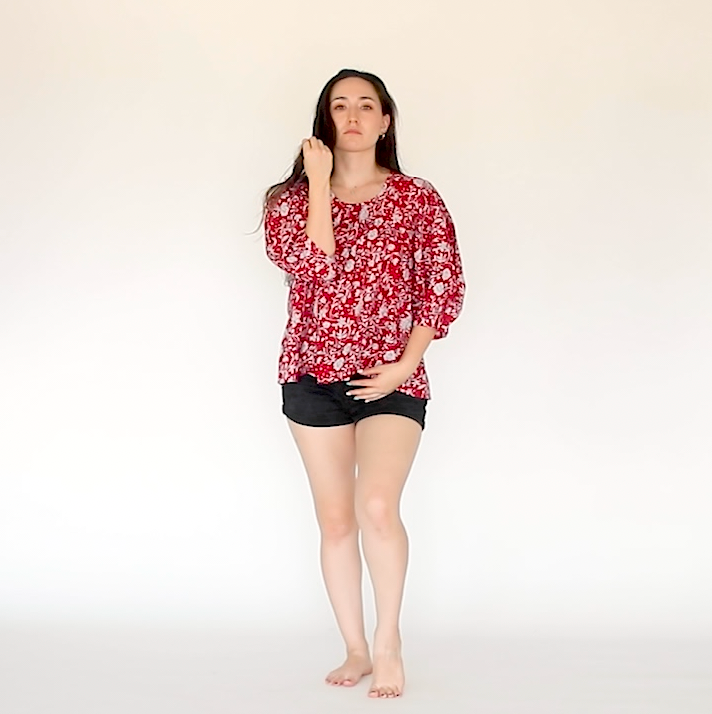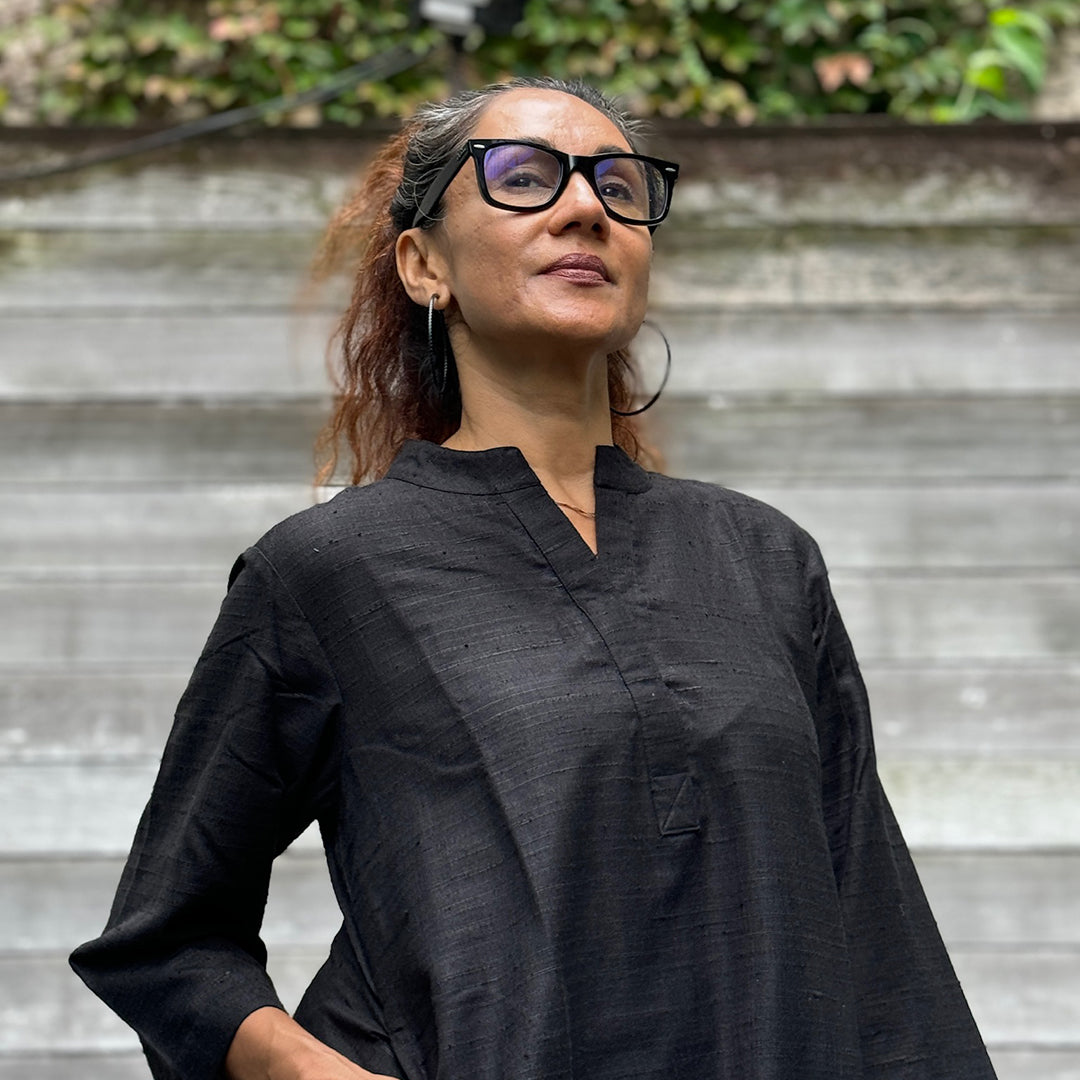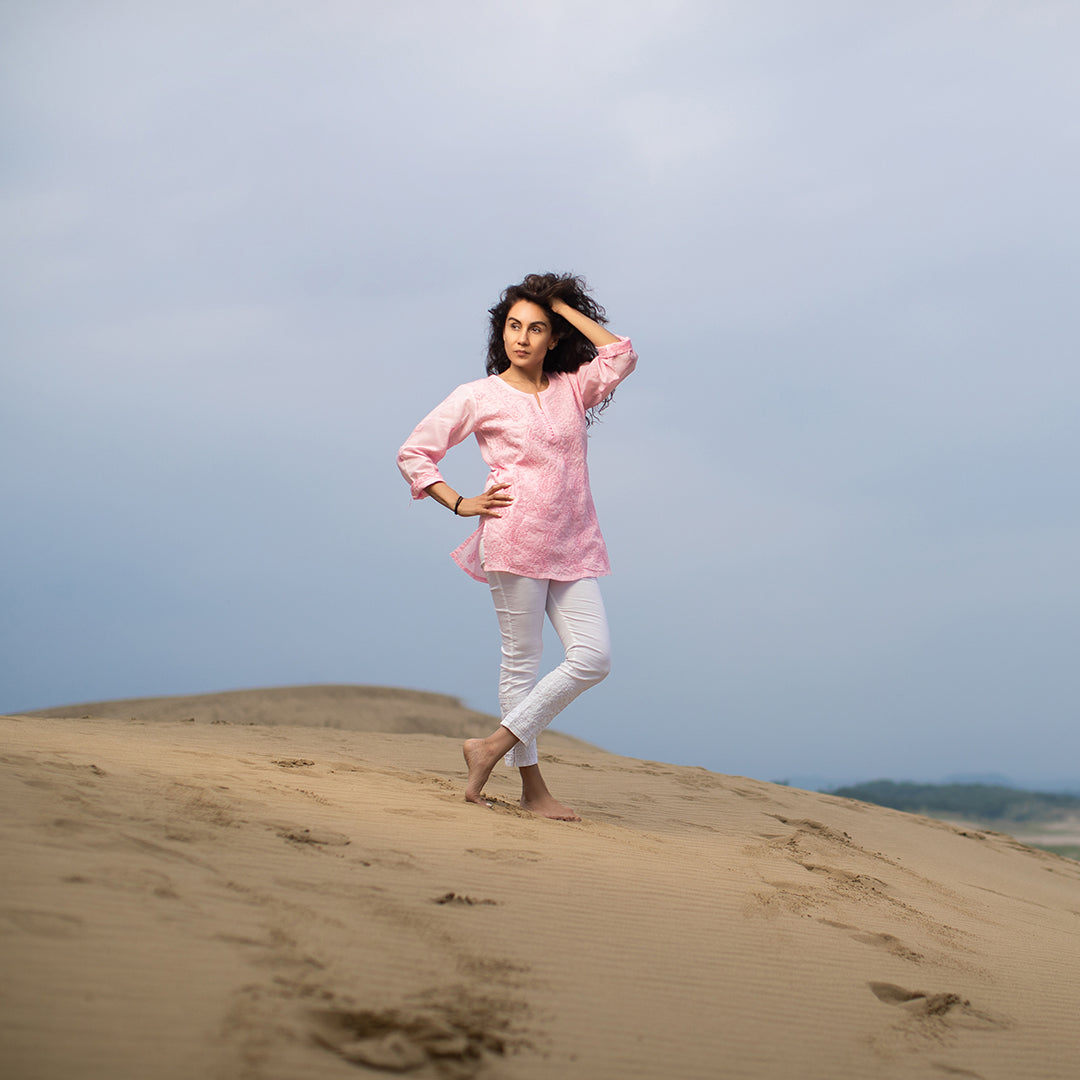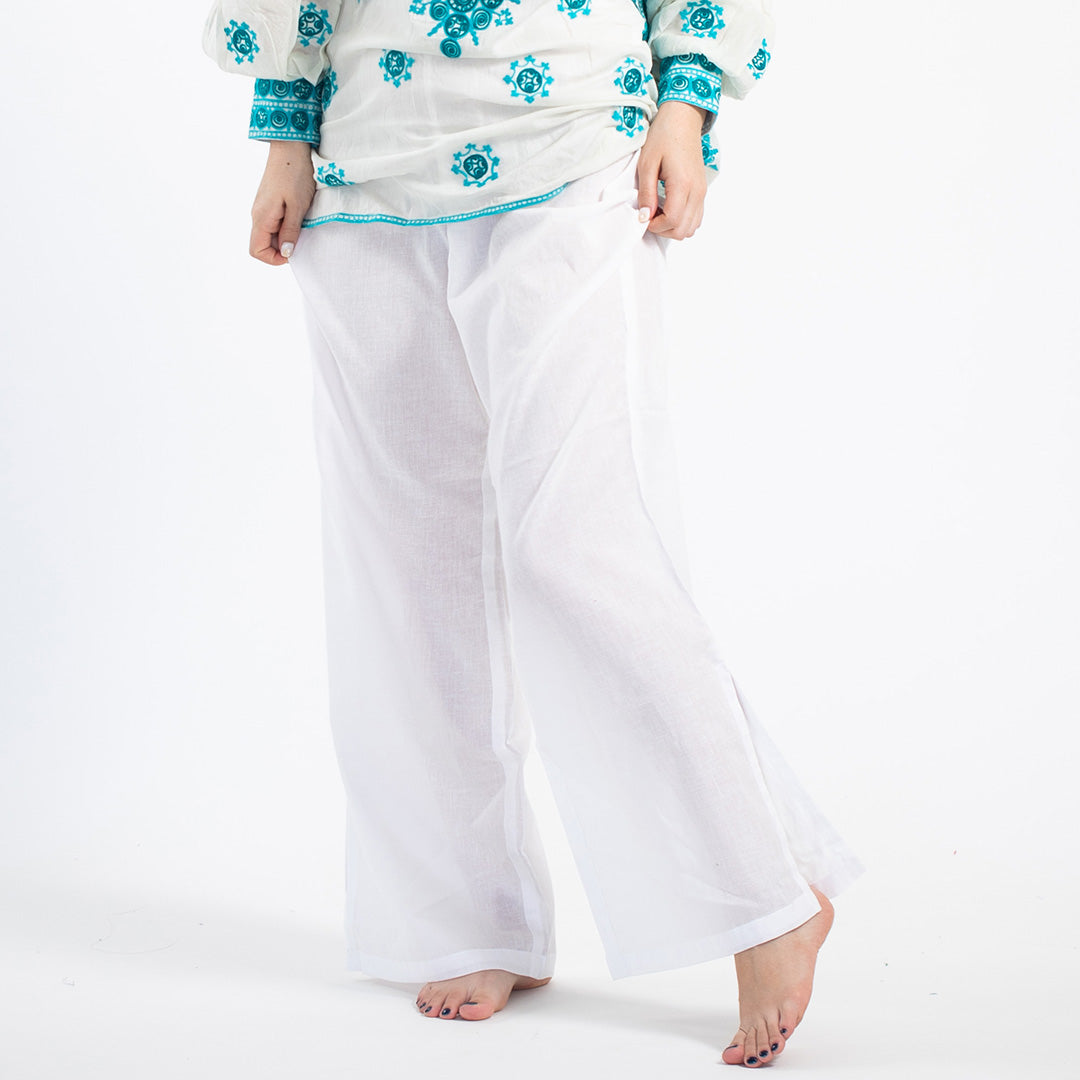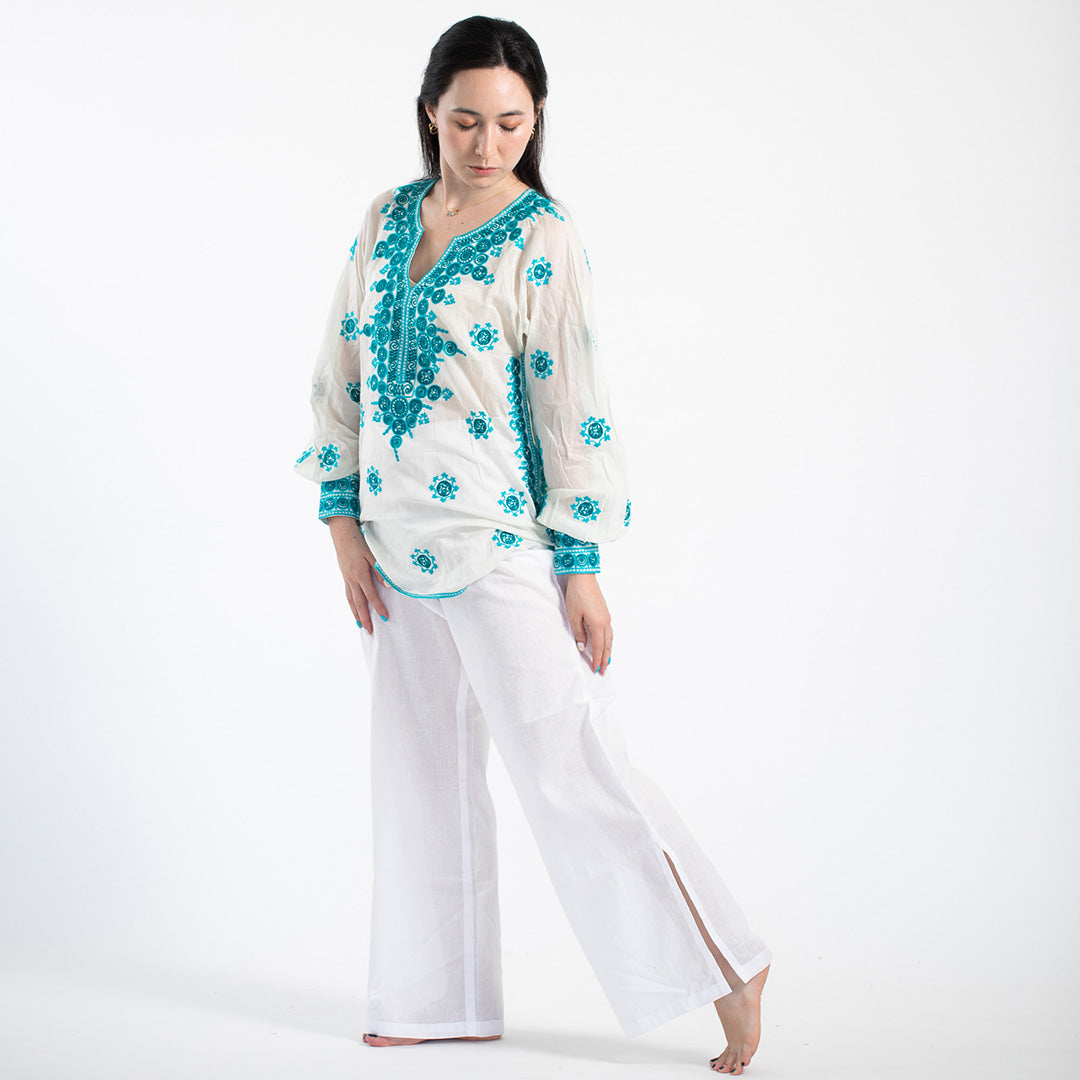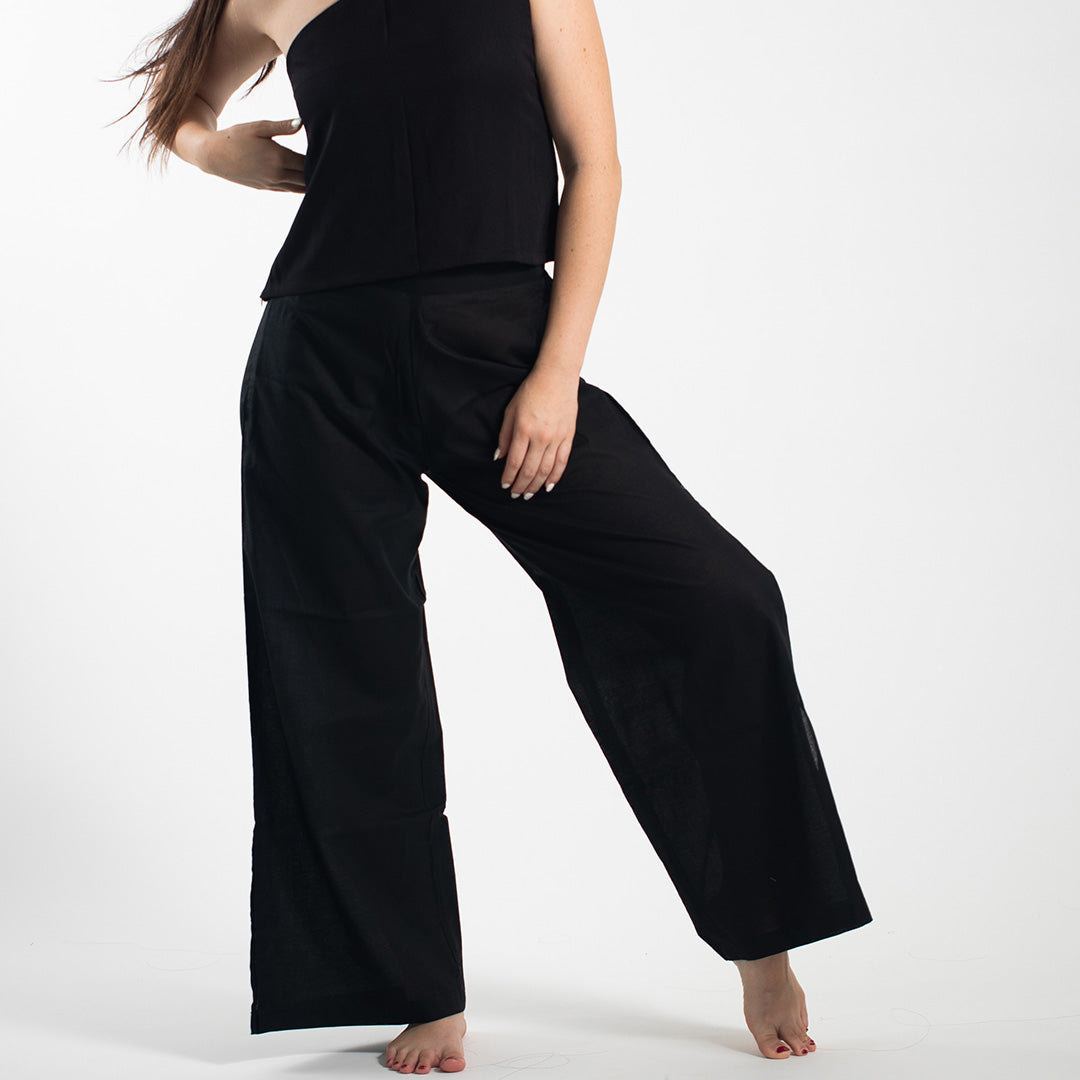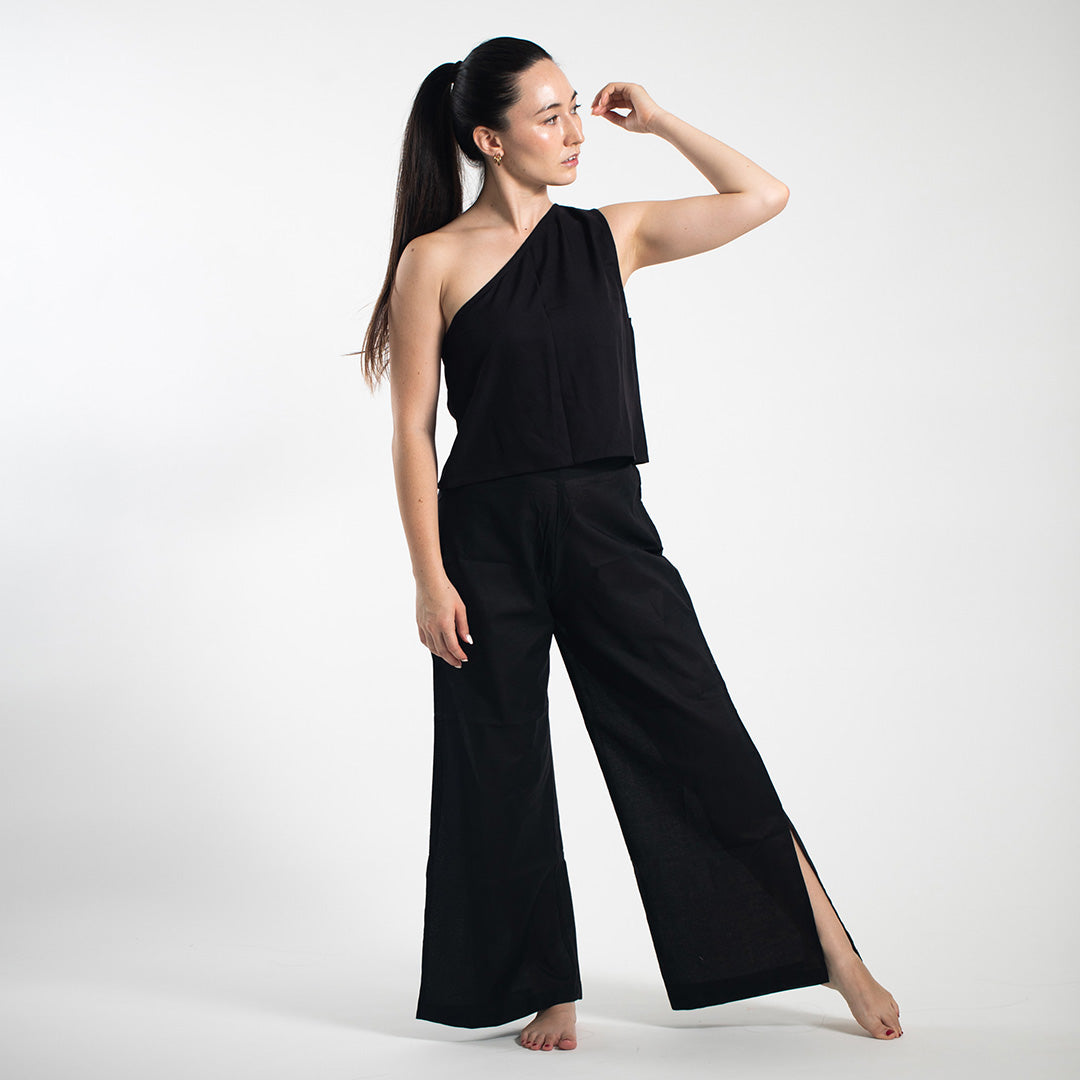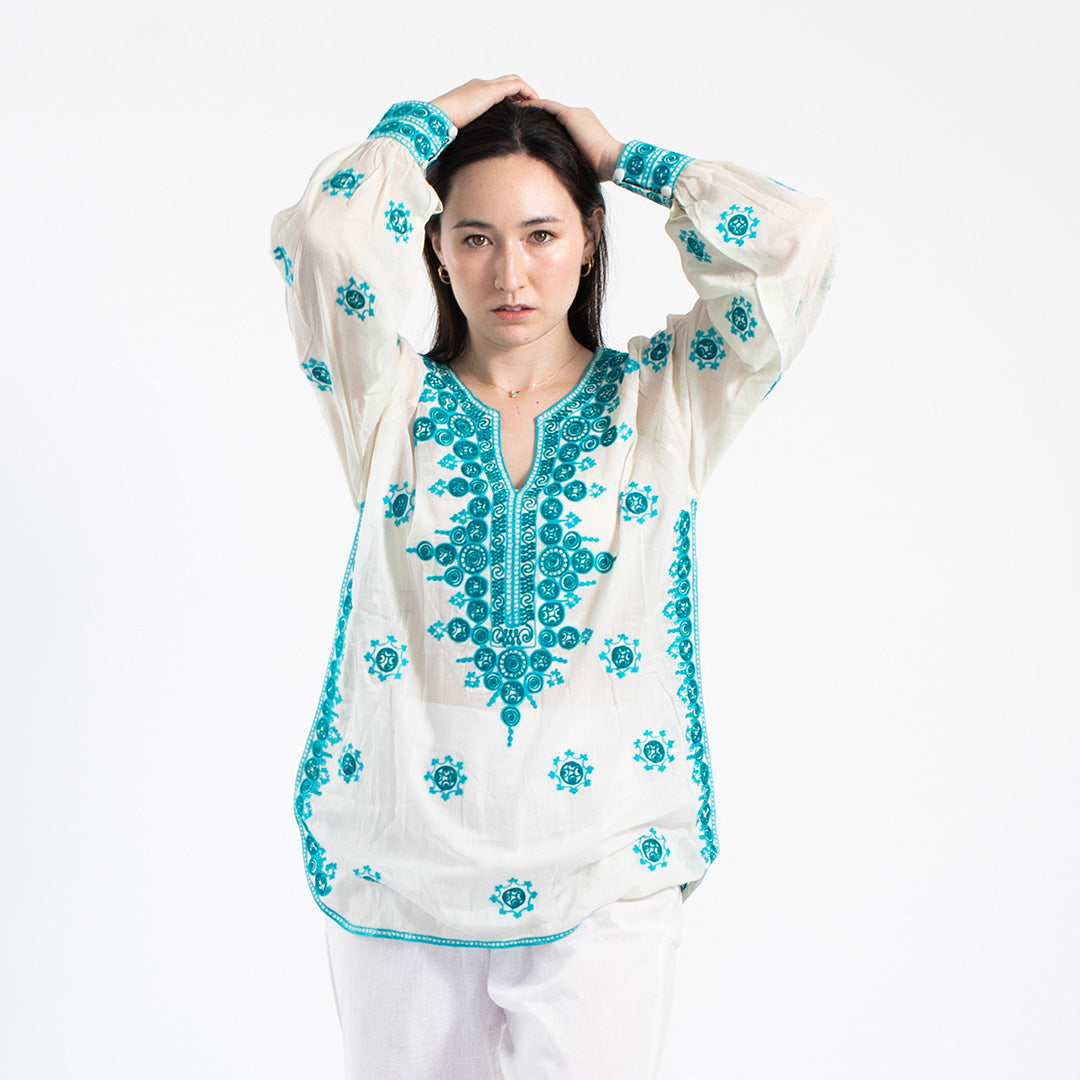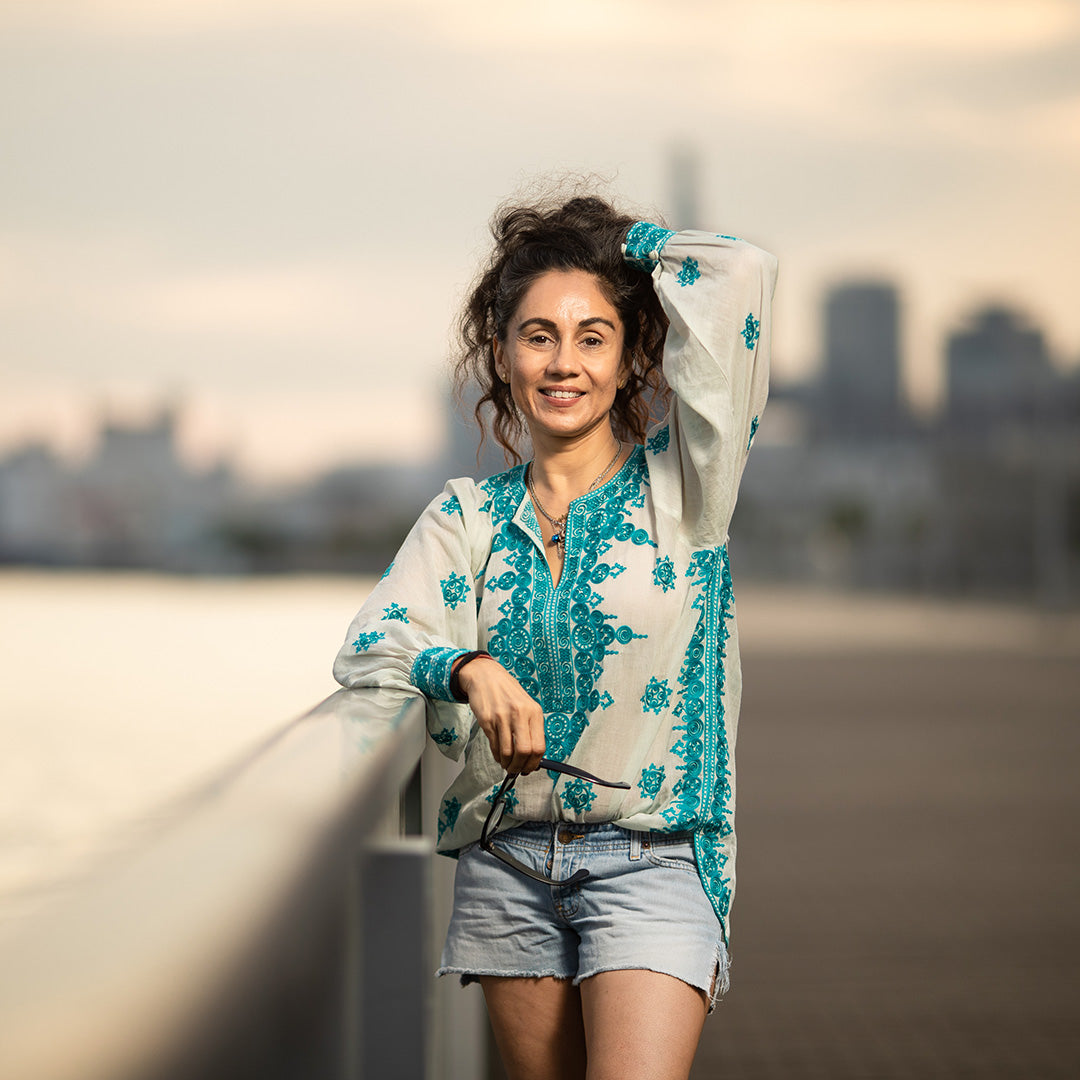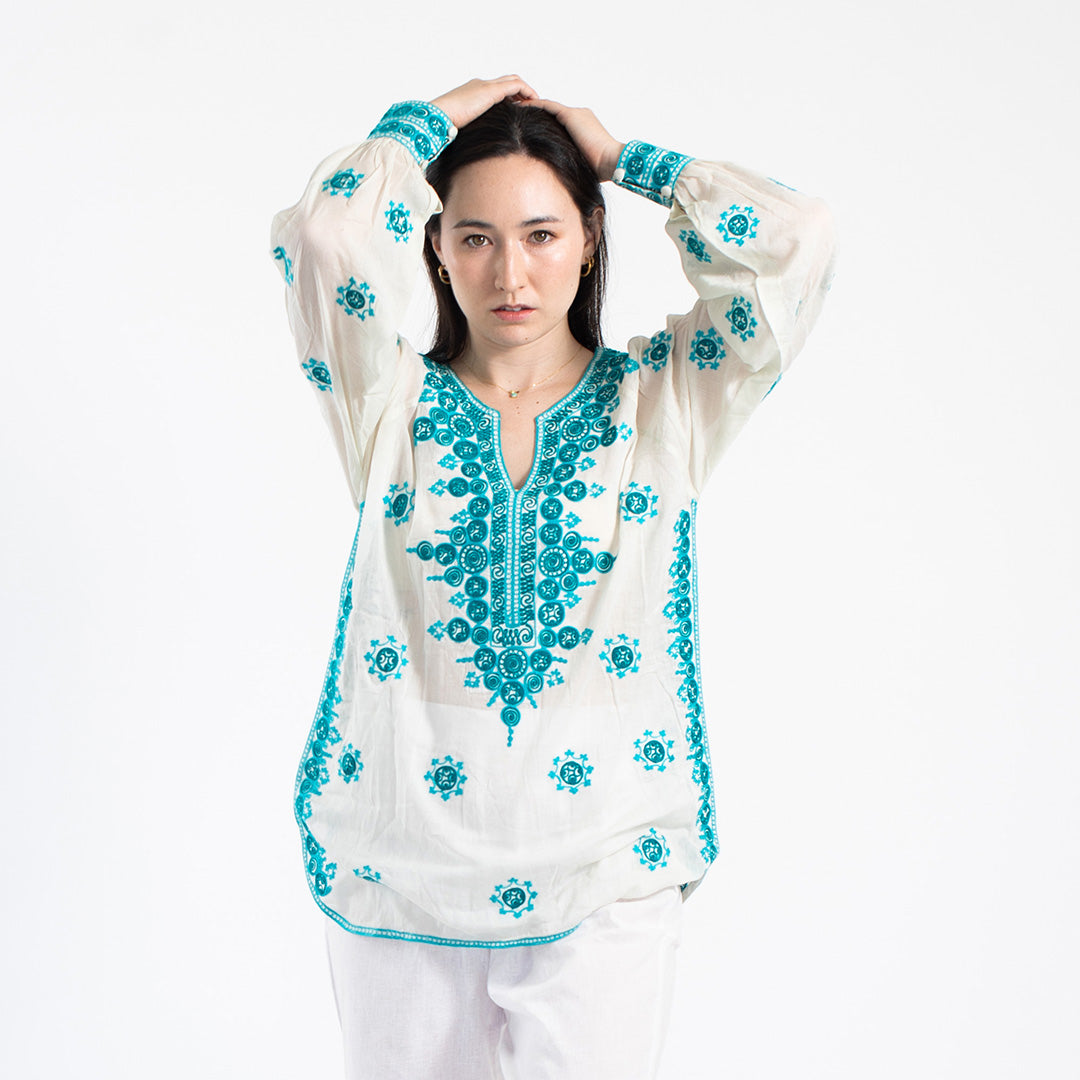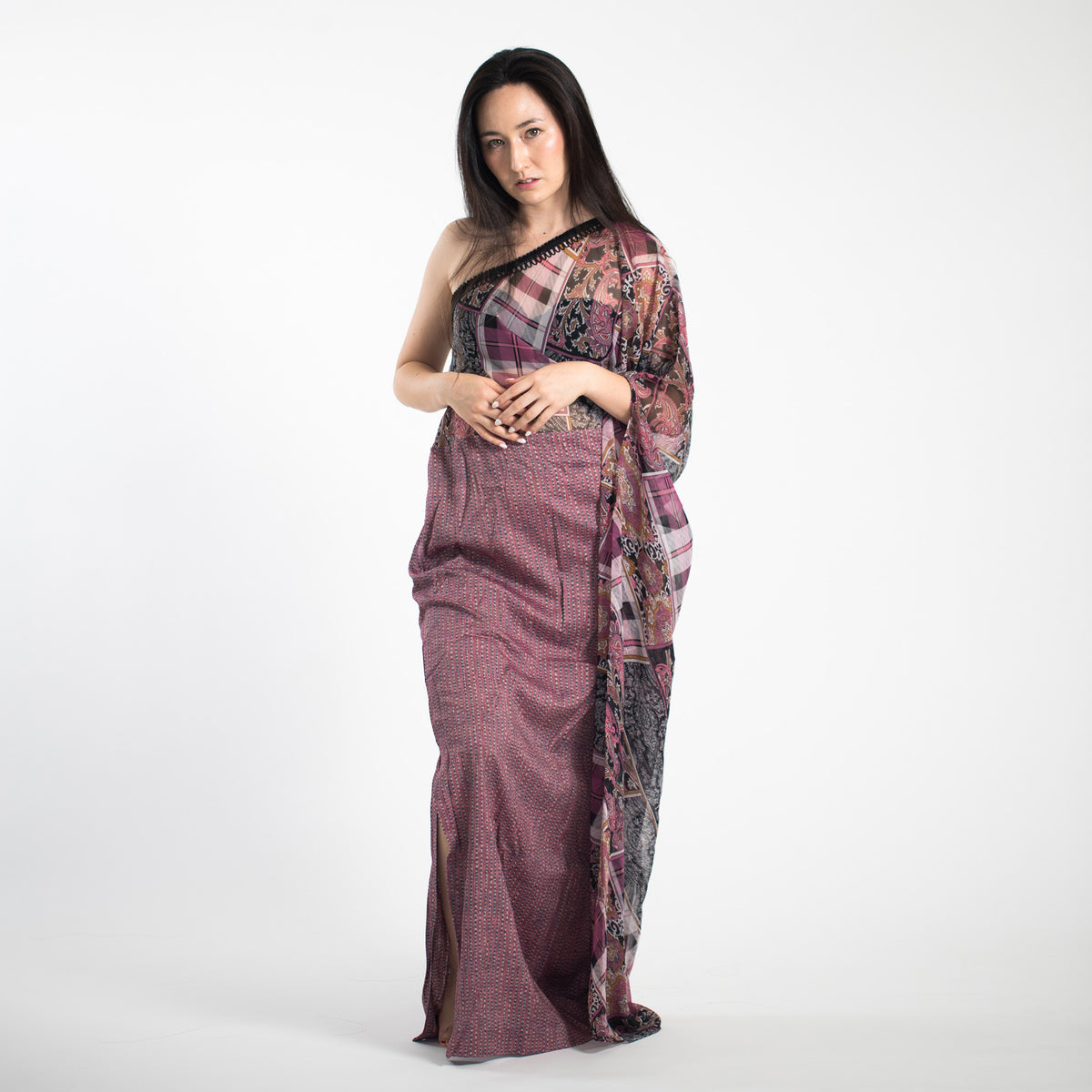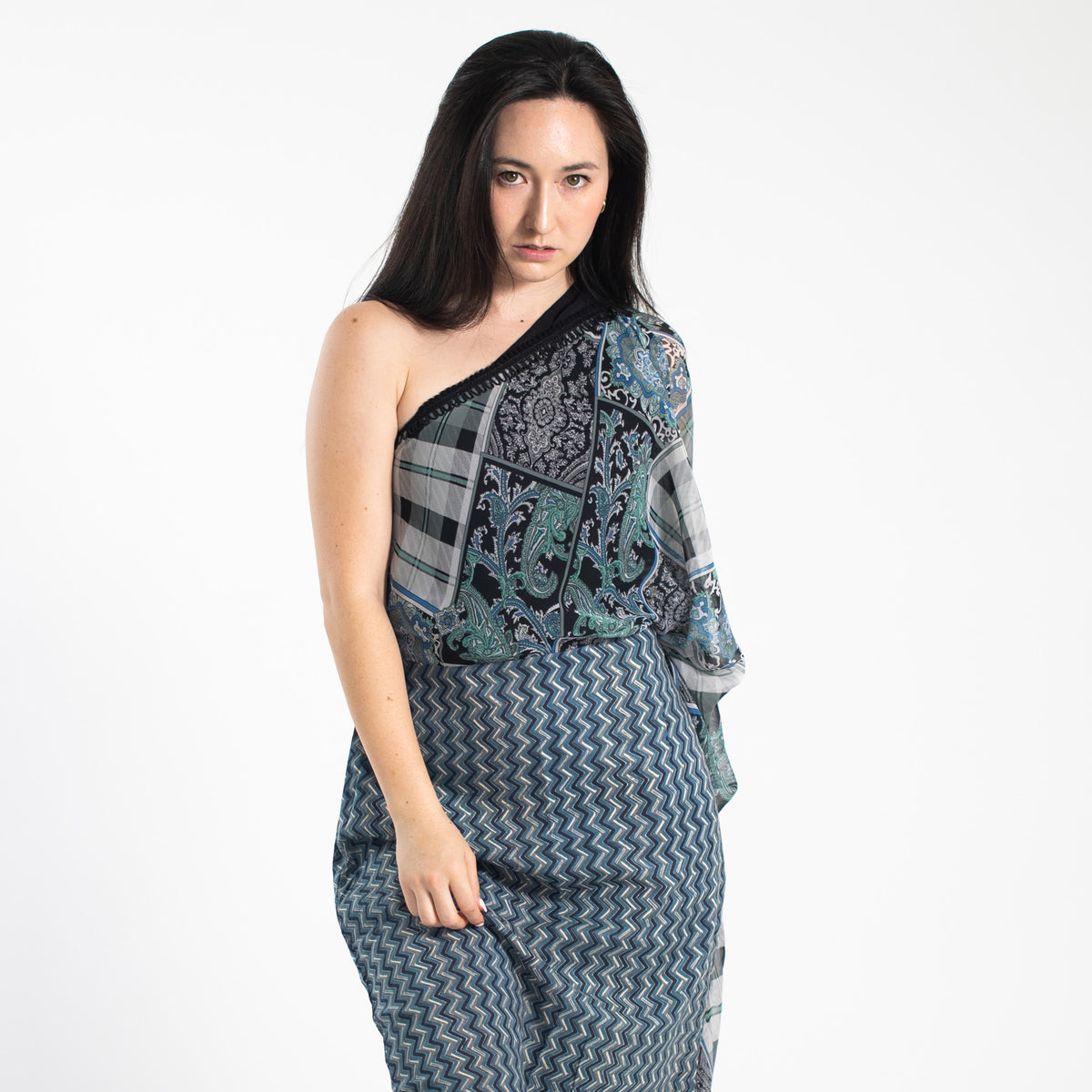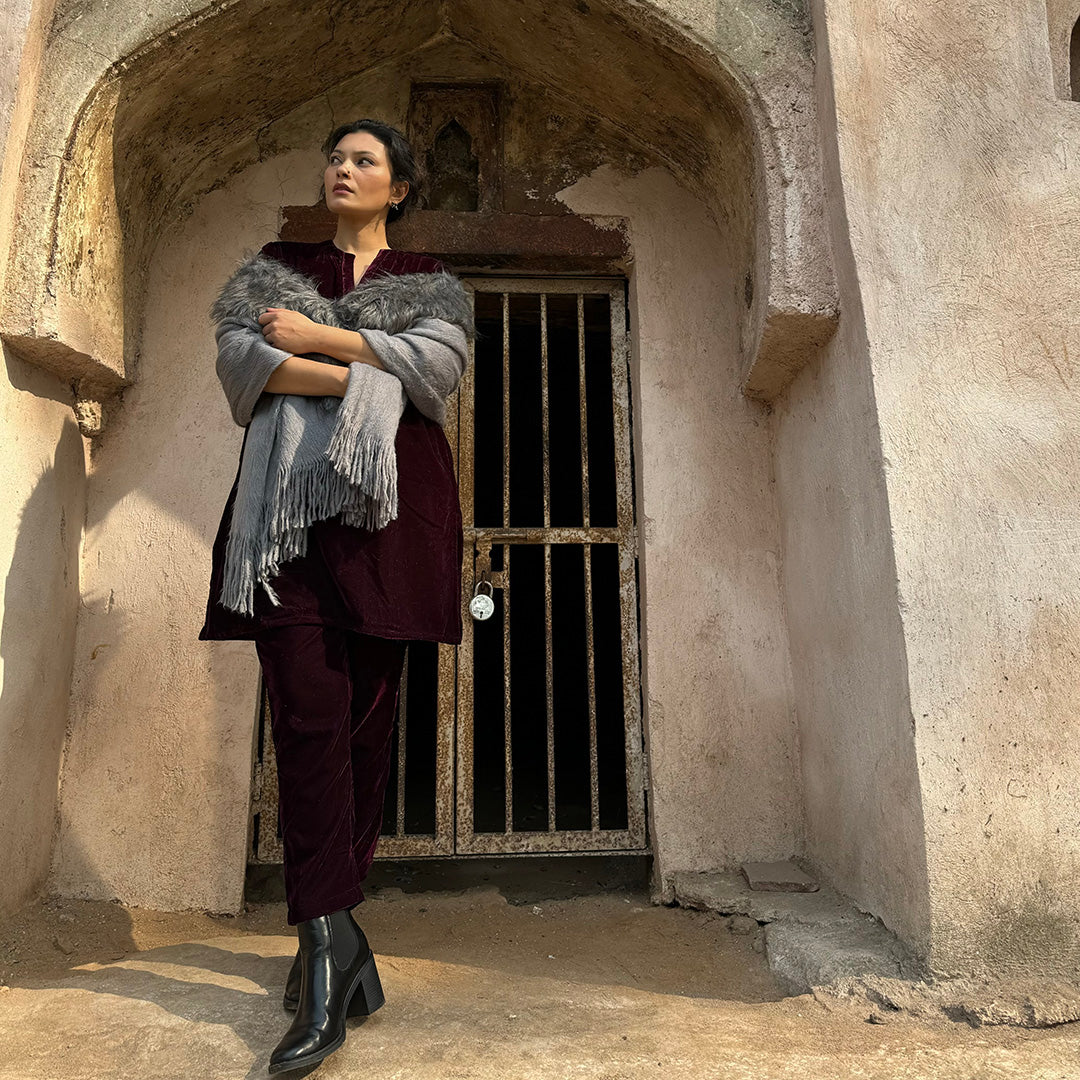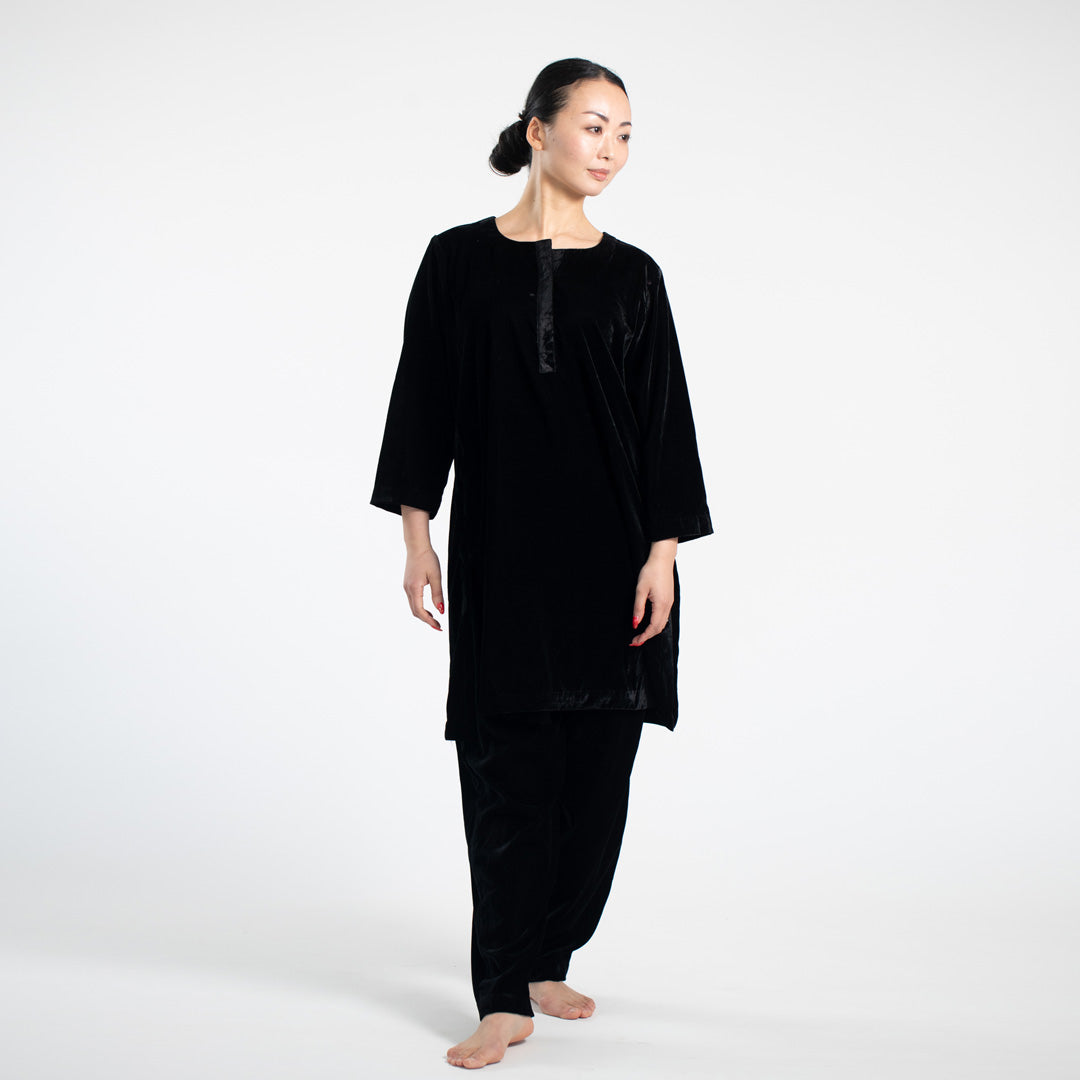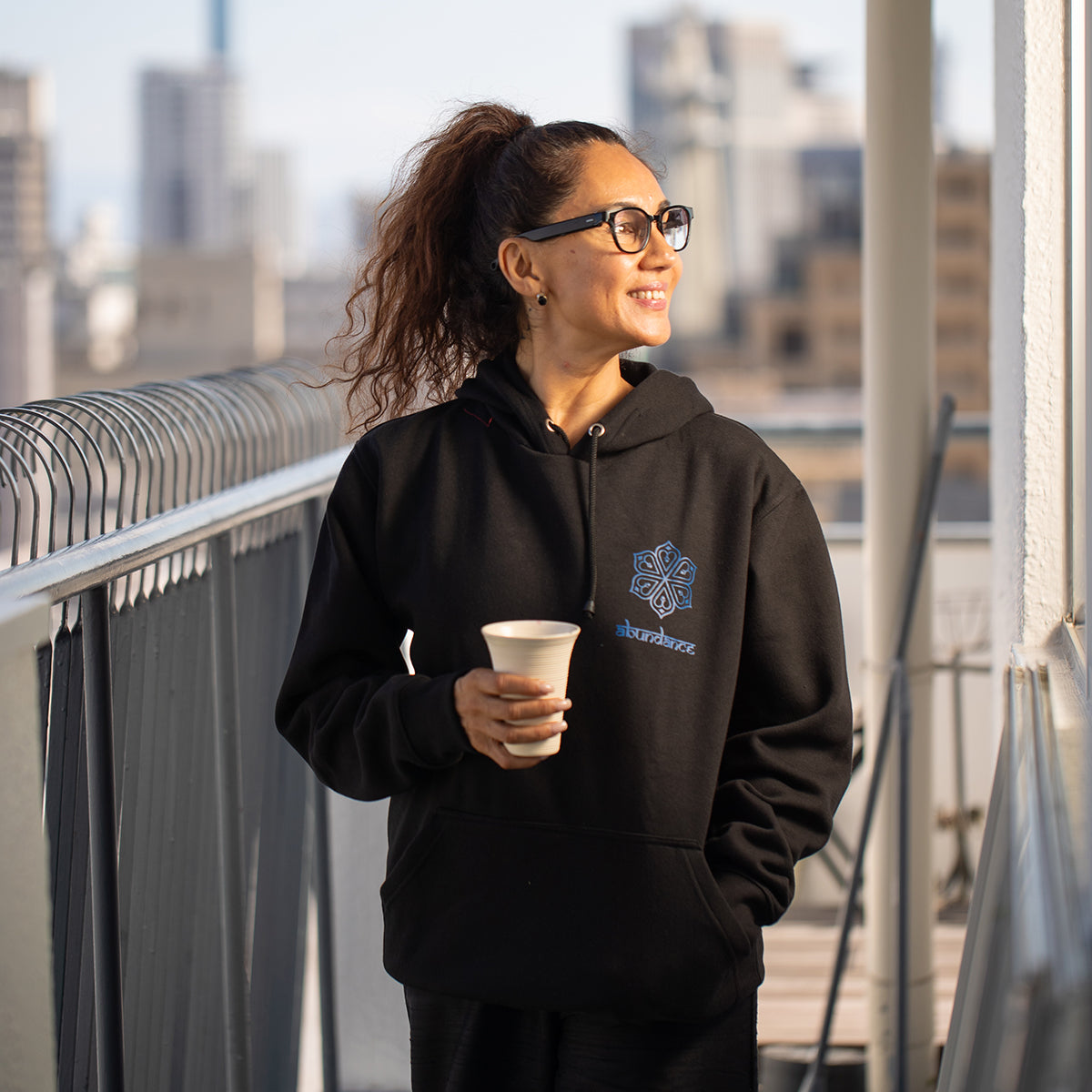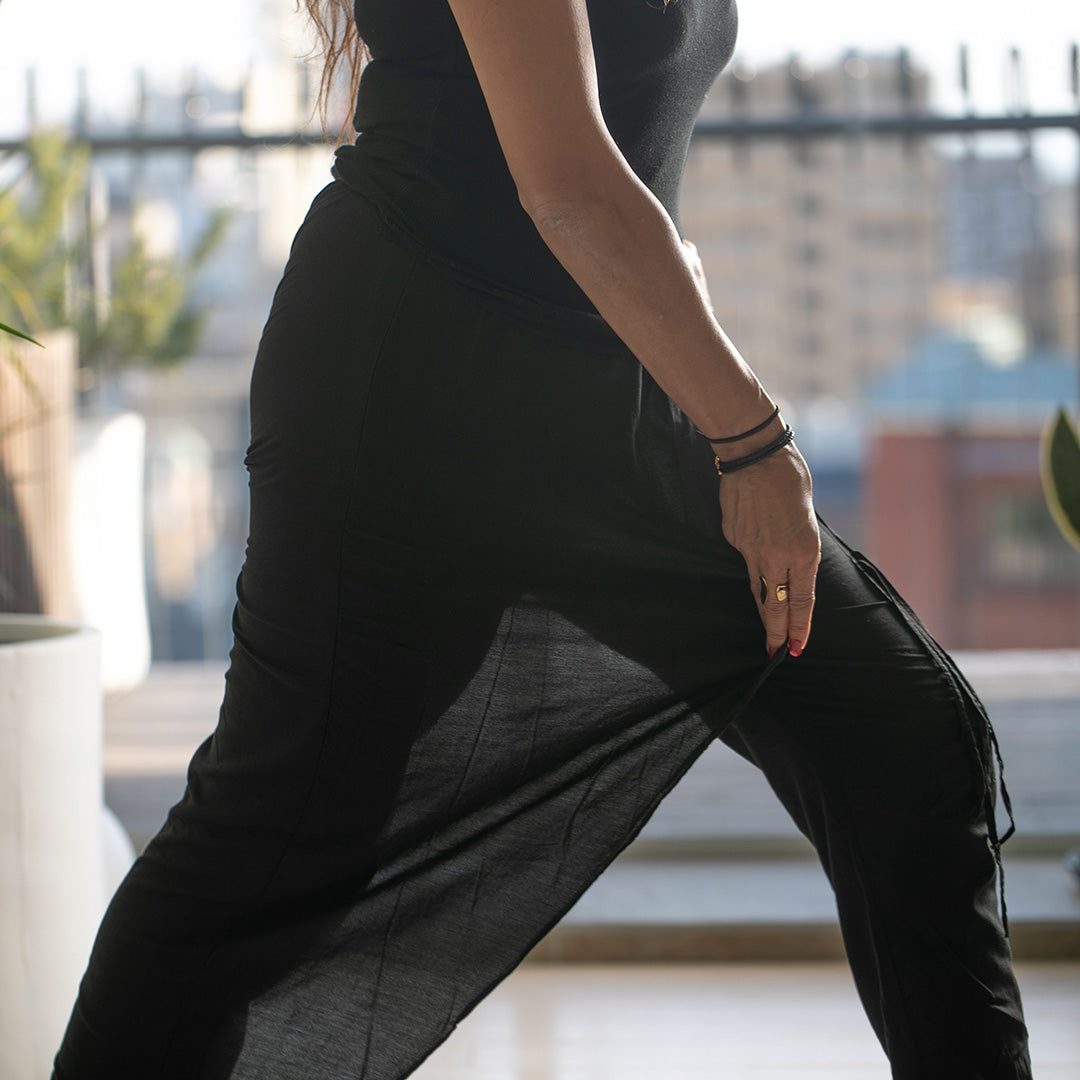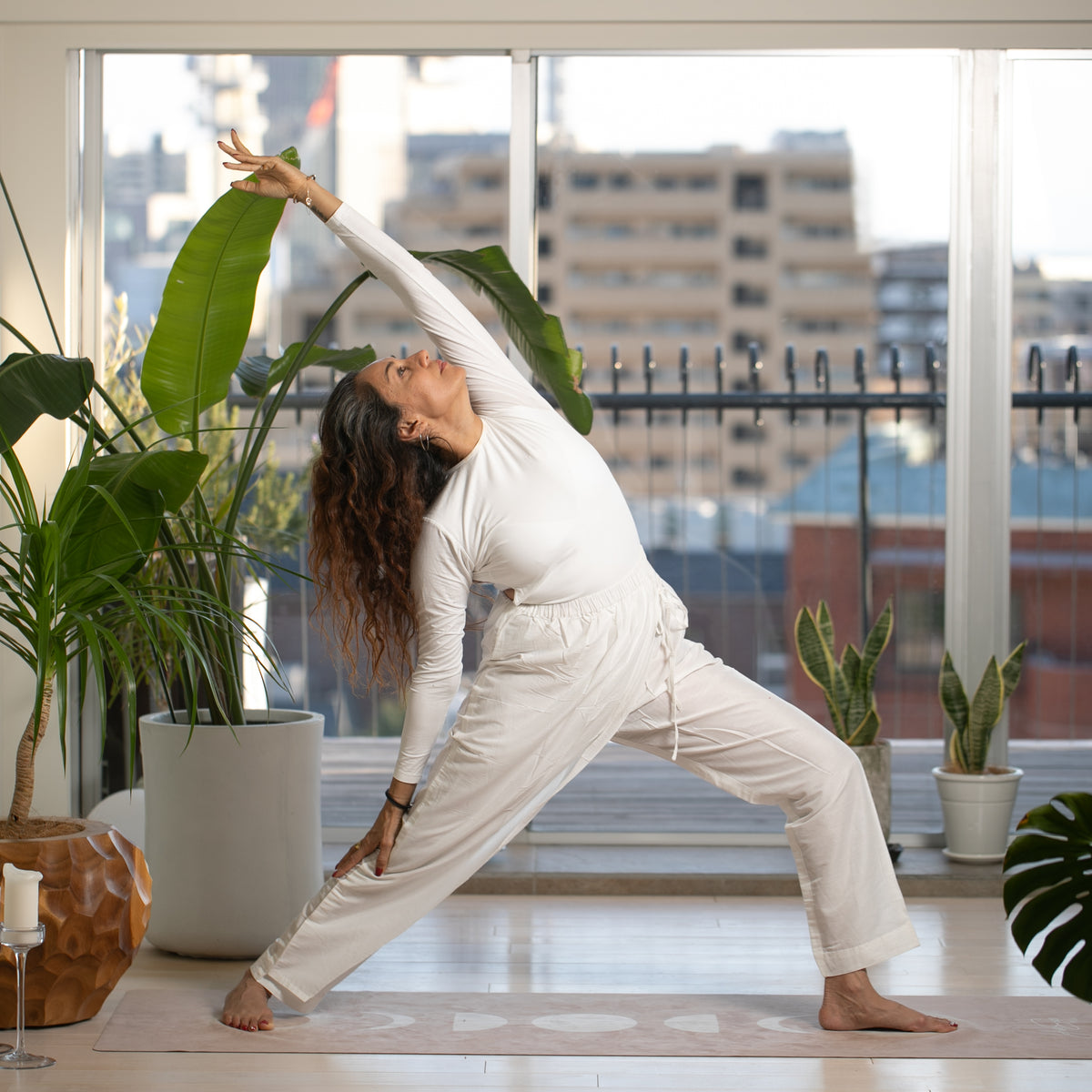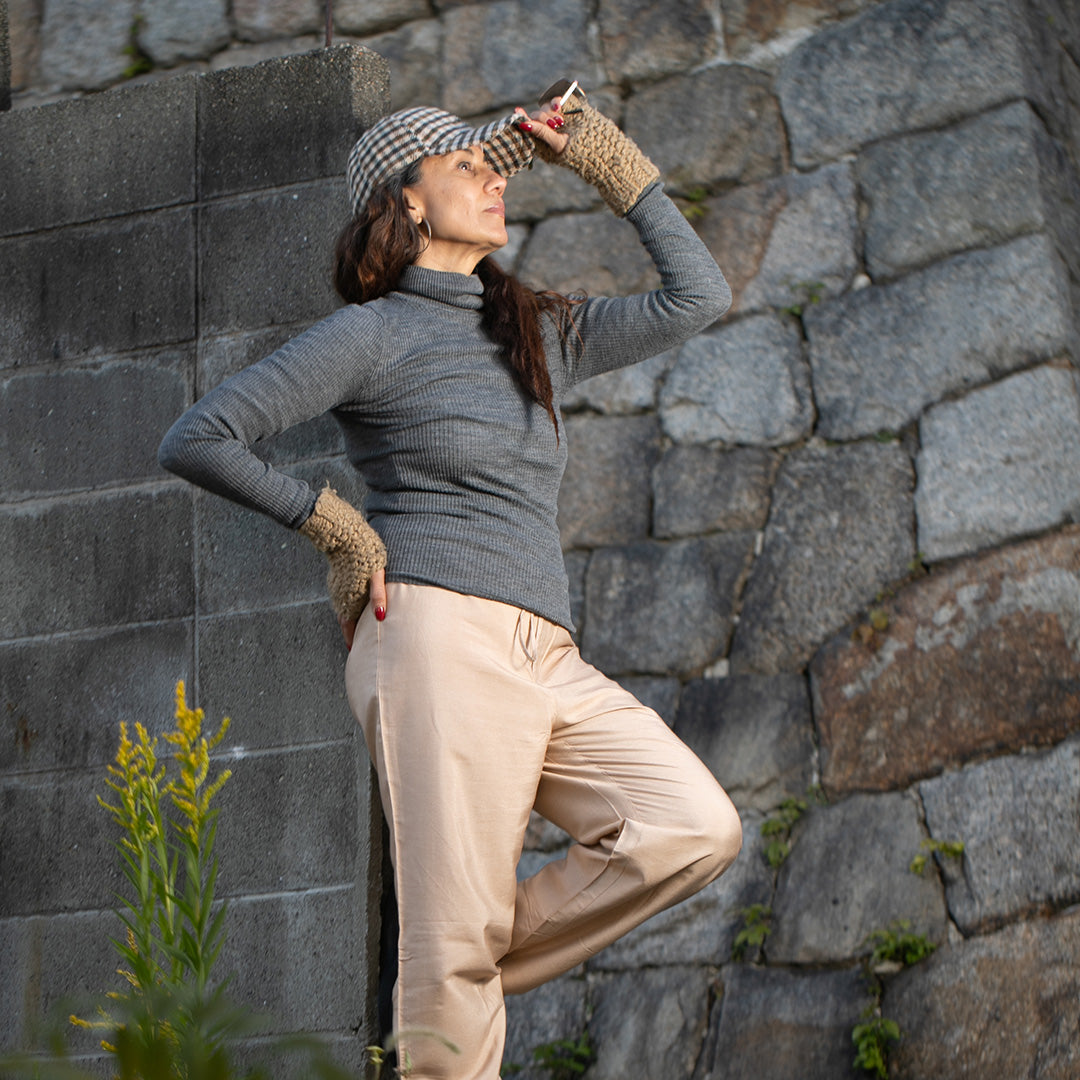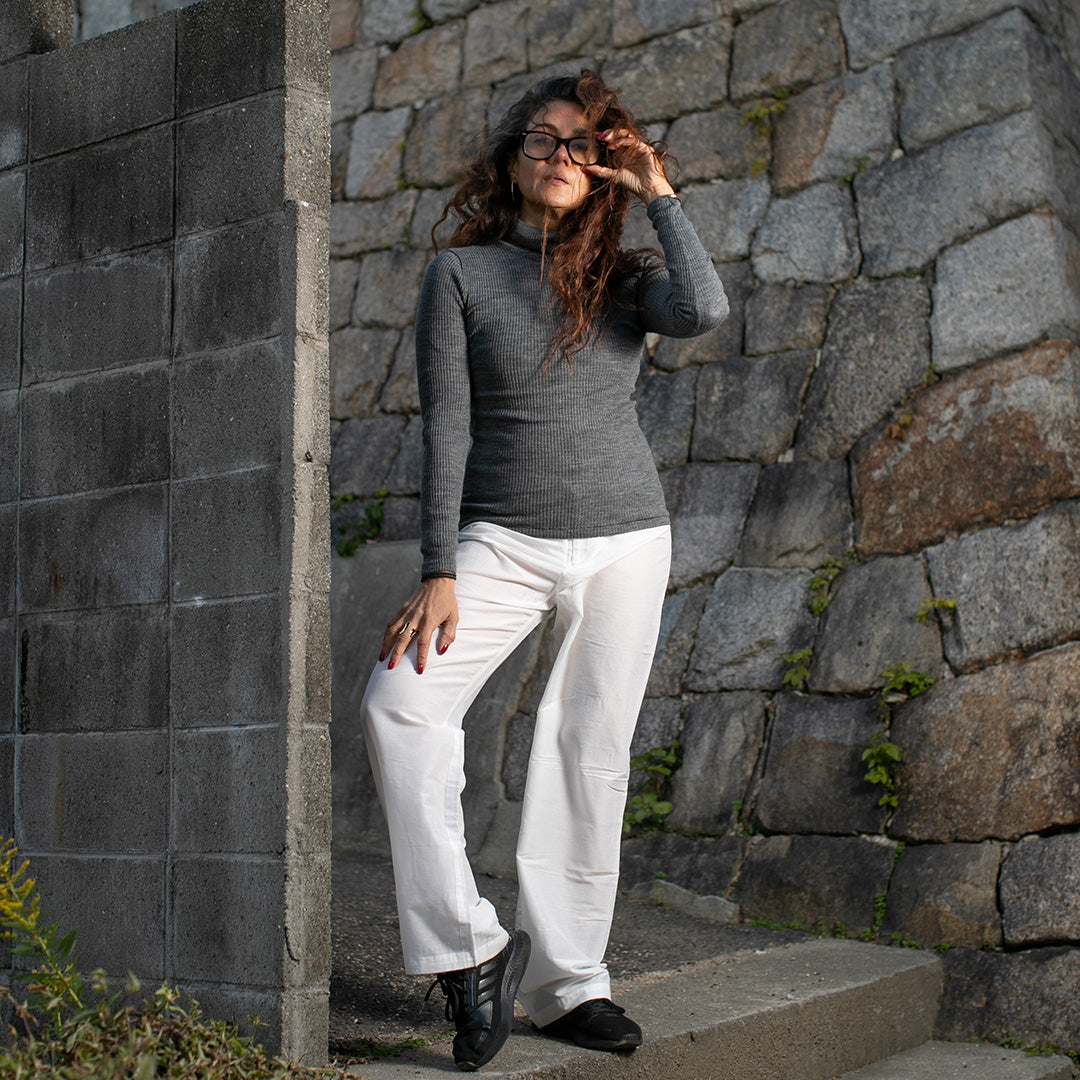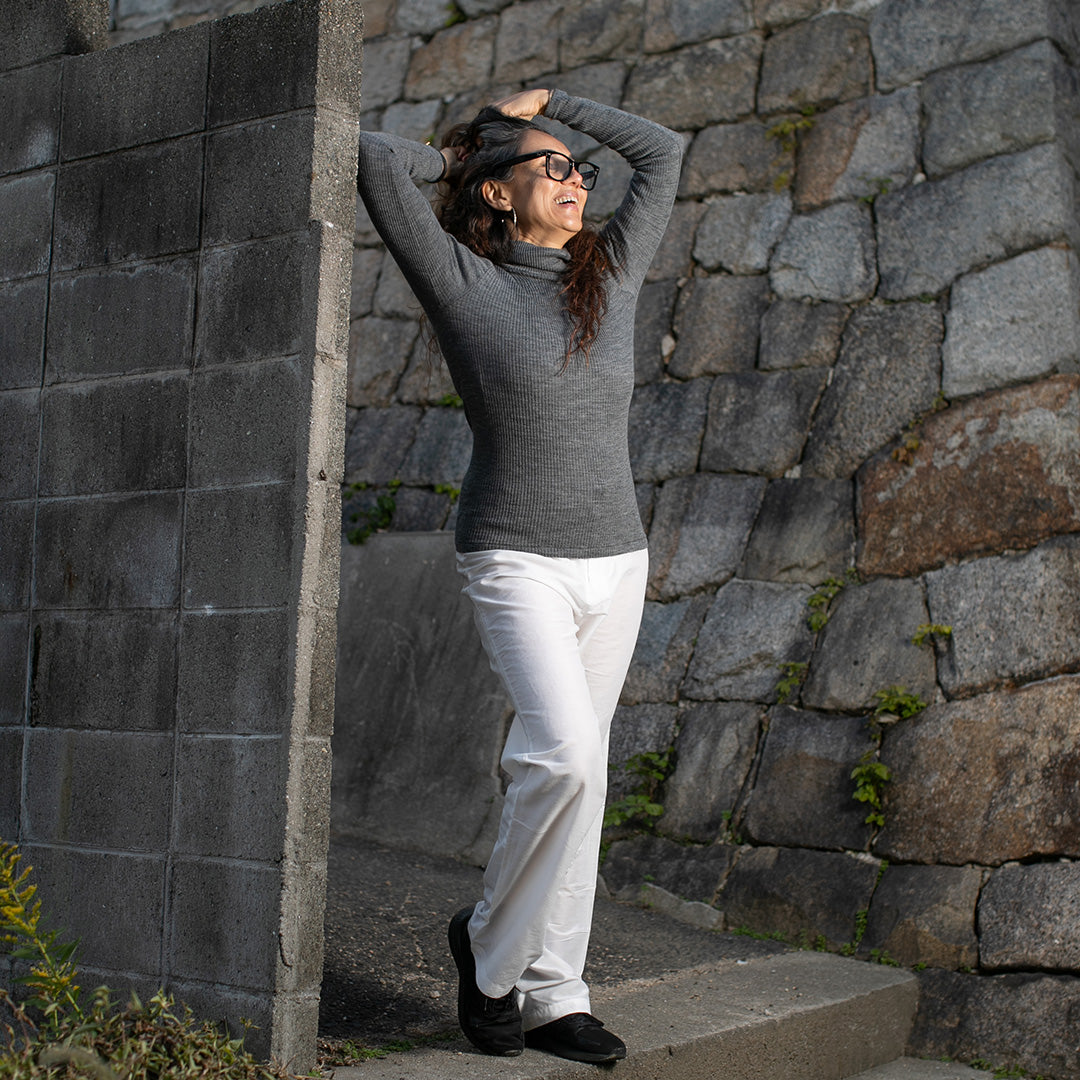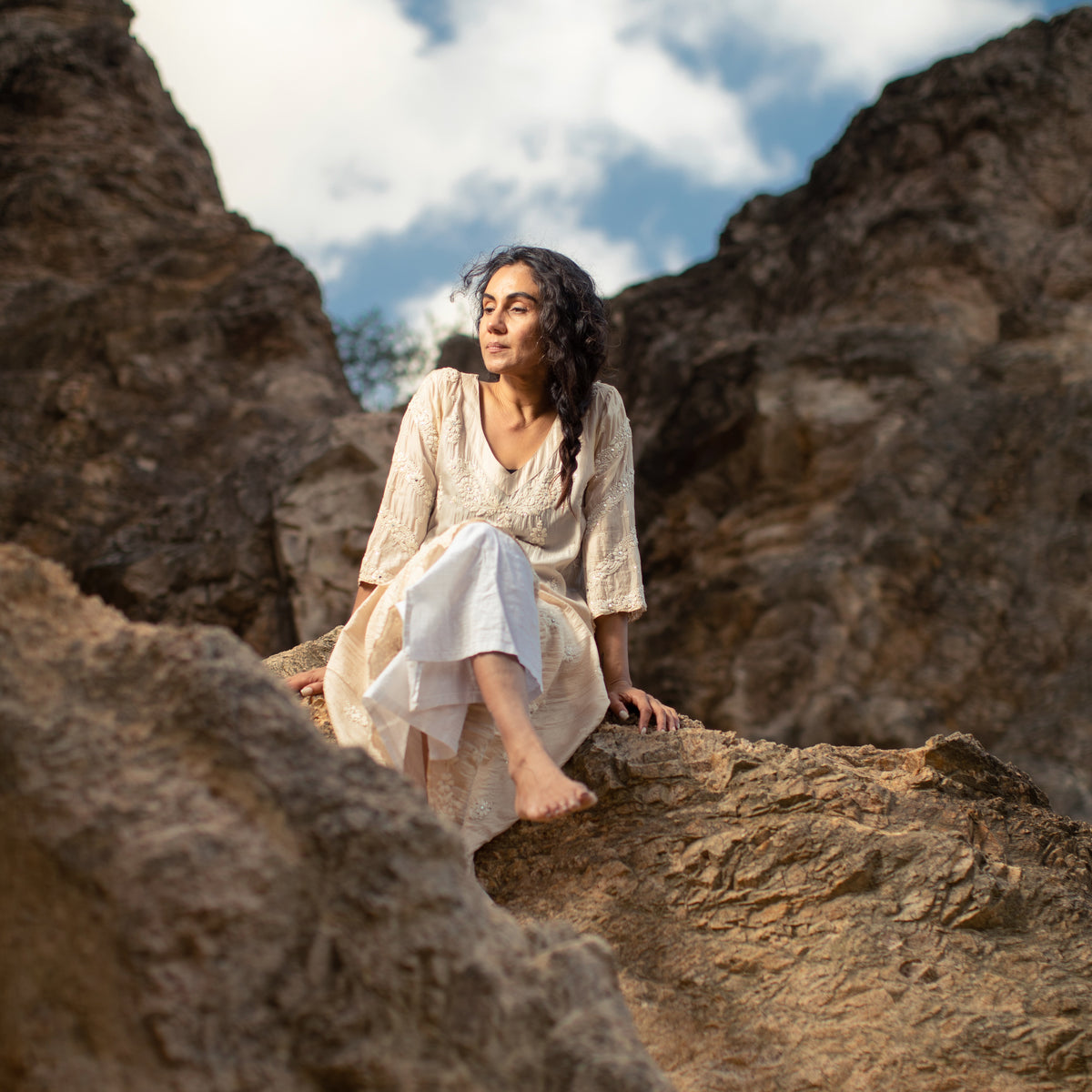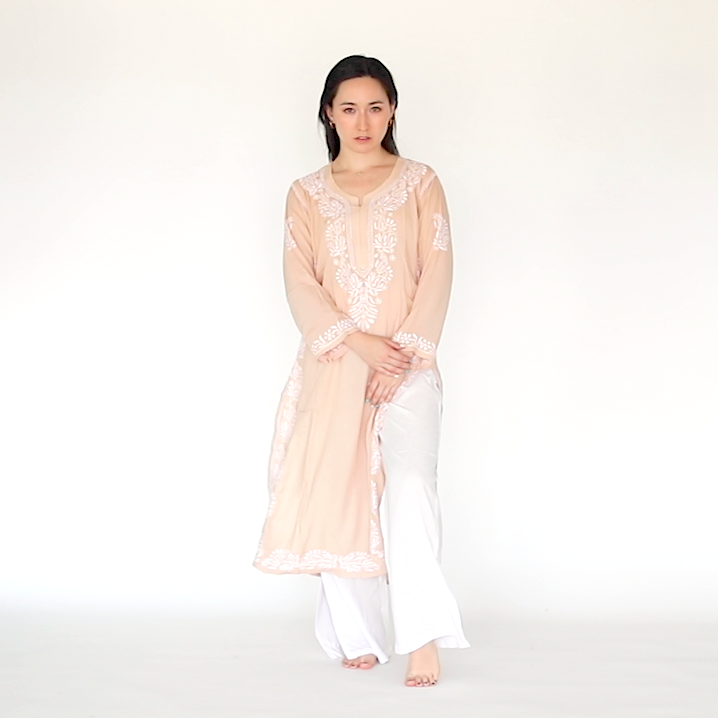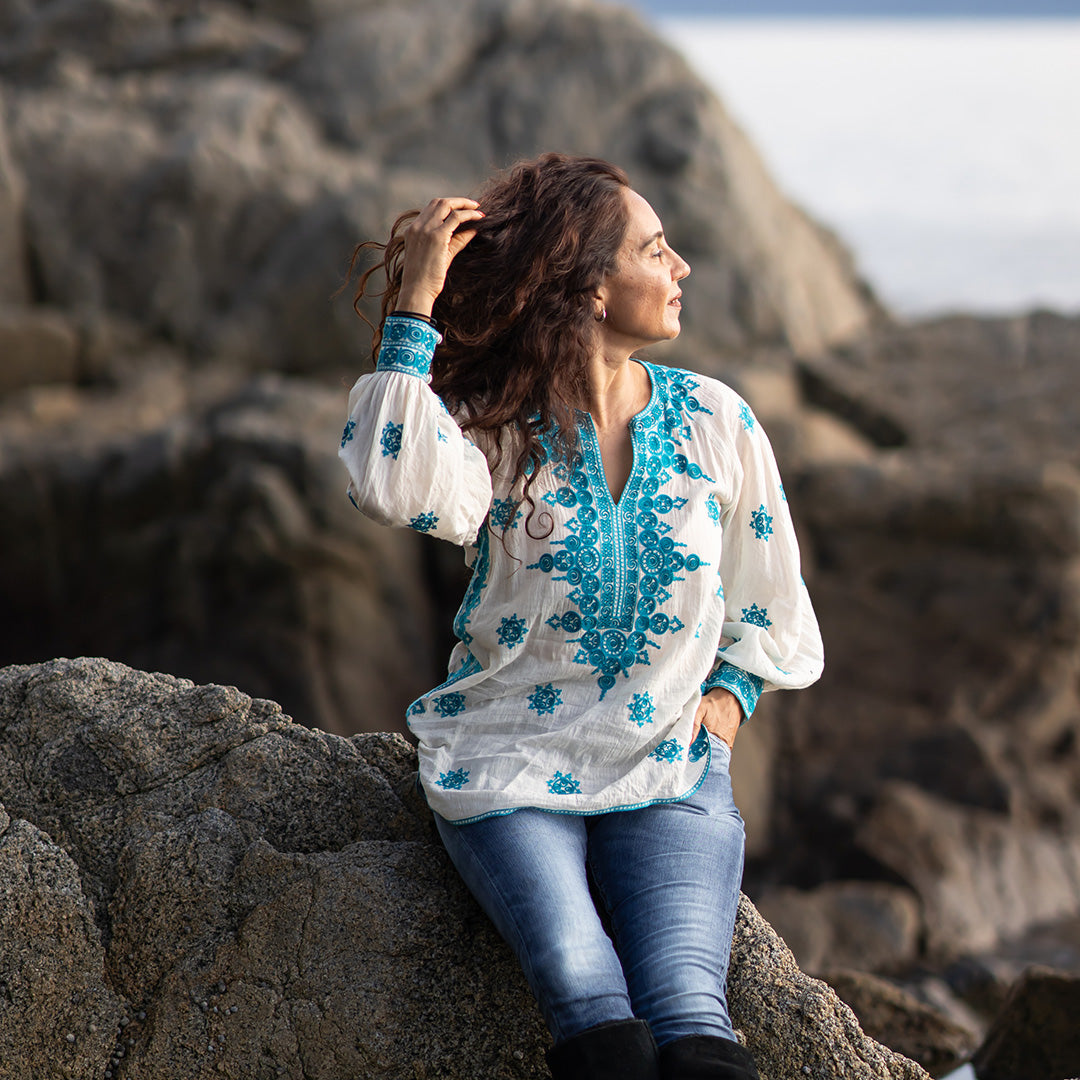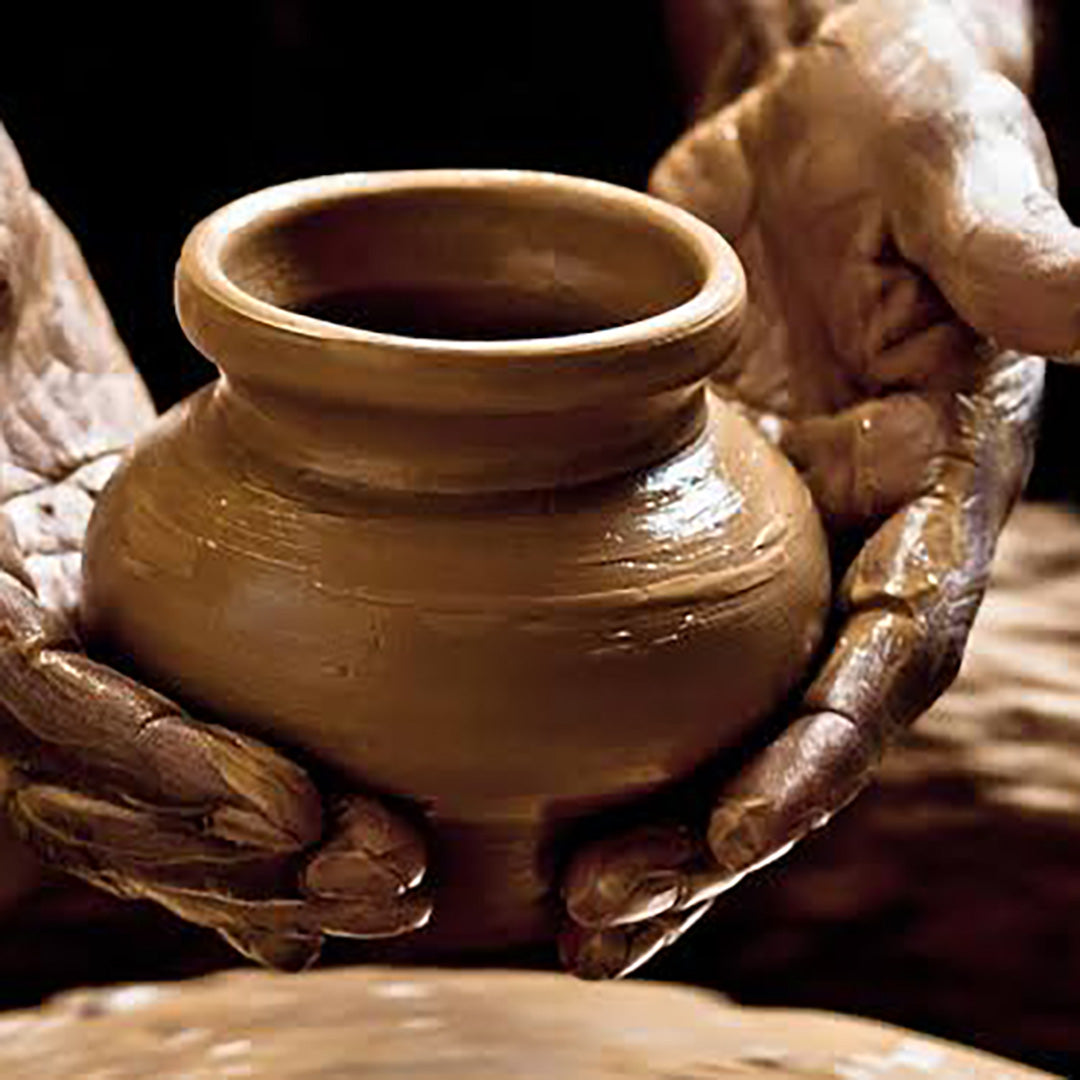origin
Indian men's fashion has a rich and diverse history, deeply influenced by the country's culture, religion and historical background. The roots of Indian men's fashion date back to ancient times, when traditional garments such as dhotis, turbans and angarkhas were prevalent. 
Ancient
Dhotis and Langotis:
The earliest men's clothing in India included the dhoti (a long piece of cloth wrapped around the waist and legs) and the langoti (loin wrap).
Jewelry and Headgear:
Men adorned themselves with jewels, and turban-like headgear indicated rank and region.
Religious Influence:
Clothing was influenced by religious practices and climatic conditions.
·middle ages
Mughal Influence: The Mughal period saw the introduction of luxurious fabrics and intricate embroidery. Garments like the sherwani, akhkan and churidar came into prominence.
Regional Variations: Each region had its own distinct style, such as the Rajputana style with bandhgala and the South Indian veshti.
evolution
Over the centuries, Indian men's fashion has evolved significantly, incorporating elements from different cultures and adapting to changing societal norms. 
・Colonial period:
British Influence: The British colonial period brought Western styles like trousers, suits, shirts etc. This resulted in a blend of Western and traditional Indian styles.
Formal wear: The Nehru jacket, popularised by Prime Minister Jawaharlal Nehru, has become an icon of modern Indian fashion.
After independence:
Modernization: After independence, there was a fusion of traditional and western styles. Young people started adopting jeans, T-shirts and other western attire.
Bollywood Influence: Bollywood has had a major impact on fashion trends, with its actors becoming style icons and influencing men's fashion across the US. 
Globalization
International Trends: With globalization, Indian fashion has adopted international trends. Designers like Manish Malhotra, Sabyasachi Mukherjee have gained international fame.
Fusion wear: Fusion wear, a mix of traditional and western elements, became popular. Kurtas paired with jeans, bandhgalas paired with trousers, and Indo-western sherwanis were in fashion. 
the current
In the modern era, Indian men’s fashion is a blend of tradition and modernity, and is heavily influenced by both global trends and cultural heritage.
・Traditional clothing:
Festivals and Weddings: Traditional outfits like sherwani, kurta pyjama and dhoti are popular for weddings and festivals.
A modern twist: Designers are giving traditional garments a contemporary twist with innovative cuts, fabrics and styles. 
·casual:
Western Influence: Casual wear is heavily influenced by Western fashion. Jeans, T-shirts, shirts and jackets are the everyday staples.
Athleisure: The rise of athleisure wear, which combines athletic and leisure styles, is gaining popularity among the younger generation.
・Office and formal wear:
Suits and blazers: Western-style suits and blazers are common in corporate settings.
Ethnic Formal Wear: Ethnic formal wear such as bandhgala and Nehru jackets are also chosen for formal occasions. 
・Street fashion:
Younger Generation: Urban street fashion reflects global trends while mixing traditional elements. Sneakers, graphic tees and distressed jeans are popular.
Sustainability: There is a growing trend towards sustainable fashion, with brands focusing on eco-friendly fabrics and ethical production practices.
・Influence of social media:
Fashion bloggers and influencers: Social media influencers play a key role in shaping fashion trends, with platforms such as Instagram and YouTube being key in promoting new styles.
Online Shopping: Online shopping has made a wide range of fashion options available, influencing the way men dress and their style. 
Finally
Indian men's fashion has come a long way from its ancient origins to the modern, eclectic style seen today. Its evolution reflects a blend of tradition, colonial influences and globalisation, creating a unique and dynamic fashion environment.
As Indian men continue to embrace both cultural traditions and modern trends, the fashion industry is gearing up for more innovation and diversity.
The Journey of Indian Men's Fashion: Tradition to Modernity
Origin
Indian men's fashion has a rich and diverse history, deeply influenced by the country's cultural, religious, and historical contexts. The roots of Indian men's fashion can be traced back to ancient times, where traditional garments like dhotis, turbans, and angarkhas were prevalent.
Ancient Period
- Dhotis and Langotis: The earliest form of men's clothing in India included dhotis (a long piece of cloth wrapped around the waist and legs) and langotis (loincloths).
- Jewelry and Headgear: Men adorned themselves with jewelry, and headgear like turbans signified status and region.
- Influence of Religions: The clothing was influenced by religious practices and climatic conditions.
Medieval Period
- Mughal Influence: The Mughal era introduced luxurious fabrics and intricate embroidery. Clothing like the sherwani, achkan, and churidar became prominent.
- Regional Variations: Different regions had distinct styles, such as the Rajputana styles with bandhgalas and the South Indian veshti.
Evolution
Over the centuries, Indian men's fashion has evolved significantly, incorporating elements from various cultures and adapting to changing social norms.
Colonial Period:
- British Influence: The British colonial period brought Western styles such as trousers, suits, and shirts. This led to a fusion of Western and traditional Indian styles.
- Formal Wear: The Nehru jacket, popularized by Prime Minister Jawaharlal Nehru, became a symbol of modern Indian fashion.
Post-Independence:
- Modernization: Post-independence saw a mix of traditional and Western styles. The youth started embracing jeans, t-shirts, and other Western attire.
- Bollywood Influence: Bollywood has had a significant impact on fashion trends. Actors became style icons, influencing men's fashion across the country.
Globalization
- International Trends: With globalization, Indian fashion incorporated international trends. Designers like Manish Malhotra, Sabyasachi Mukherjee, and others gained international fame.
- Fusion Wear: Fusion wear combining traditional and Western elements became popular. Kurta with jeans, bandhgala with trousers, and Indo-Western sherwanis became trendy.
Current Scenario
In contemporary times, Indian men's fashion is a blend of tradition and modernity, with a strong influence from both global trends and cultural heritage.
Traditional Attire:
- Festivals and Weddings: Traditional outfits like sherwanis, kurta-pajamas, and dhotis are popular for weddings and festivals.
- Modern Twists: Designers are giving traditional wear a modern twist with innovative cuts, fabrics, and styles.
Casual Wear:
- Western Influence: Casual wear is largely influenced by Western fashion. Jeans, t-shirts, shirts, and jackets are everyday staples.
- Athleisure: The rise of athleisure wear, combining athletic and leisure styles, has become popular among the younger generation.
Office and Formal Wear:
- Suits and Blazers: Western-style suits and blazers are common in corporate settings.
- Ethnic Formal Wear: Ethnic formal wear like bandhgalas and Nehru jackets are also chosen for formal occasions.¥
Street Fashion:
- Youth Culture: Street fashion in urban areas reflects global trends with a mix of traditional elements. Sneakers, graphic tees, and distressed jeans are popular.
- Sustainability: There's a growing trend towards sustainable fashion, with brands focusing on eco-friendly fabrics and ethical production practices.
Influence of Social Media:
- Fashion Bloggers and Influencers: Social media influencers play a significant role in shaping fashion trends. Platforms like Instagram and YouTube are key in promoting new styles.
- E-commerce: Online shopping has made a vast array of fashion choices accessible, influencing how men dress and style themselves.
All things considered
Indian men's fashion has come a long way from its ancient origins to the modern, eclectic styles seen today. The evolution reflects a blend of tradition, colonial influence, and globalization, creating a unique and dynamic fashion landscape.
As Indian men continue to embrace both their cultural heritage and contemporary trends, the fashion industry is poised for even more innovation and diversity.




